Copyright GK Dynamics Inc., All Rights Reserved.

Copyright GK Dynamics Inc., All Rights Reserved.


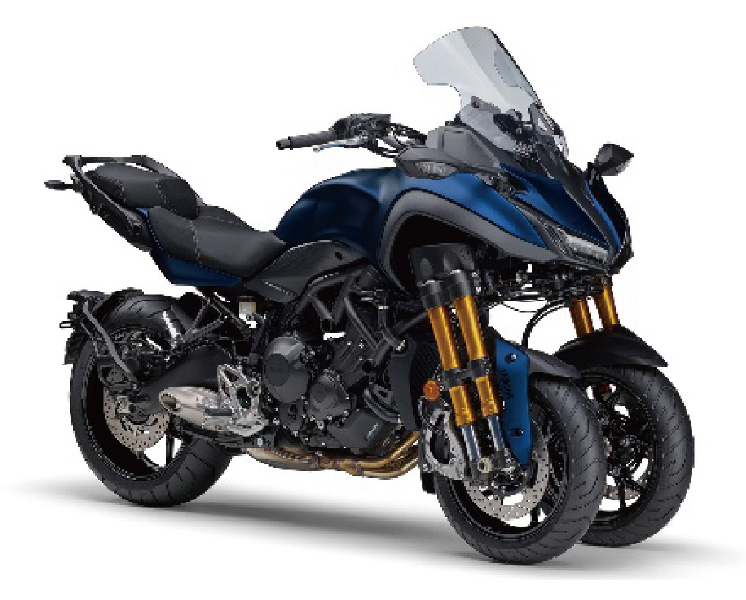
Yamaha Motor Co.,Ltd
Global Model
NIKEN
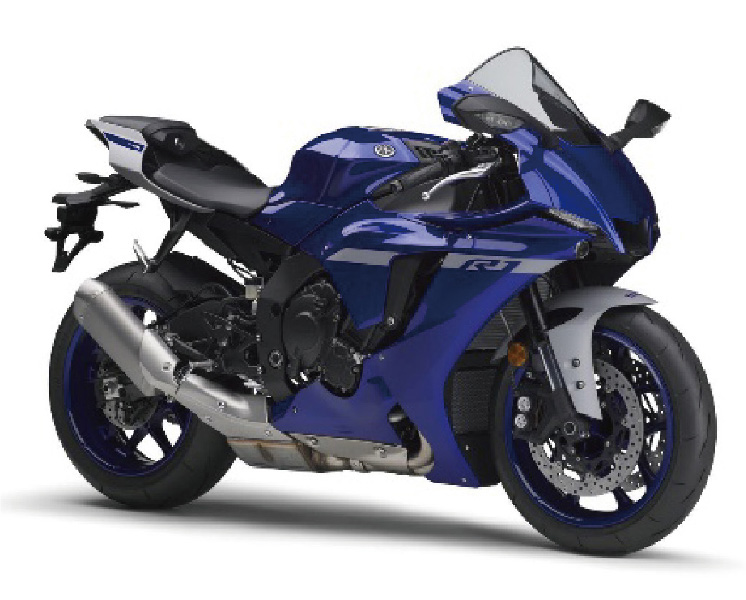
Yamaha Motor Co.,Ltd
Global Model
YZF-R1
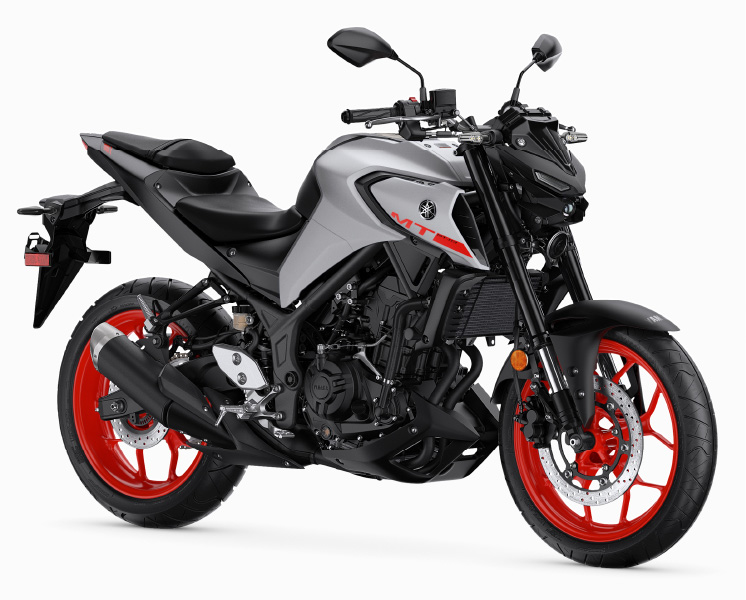
Yamaha Motor Co.,Ltd
Global Model
MT-03
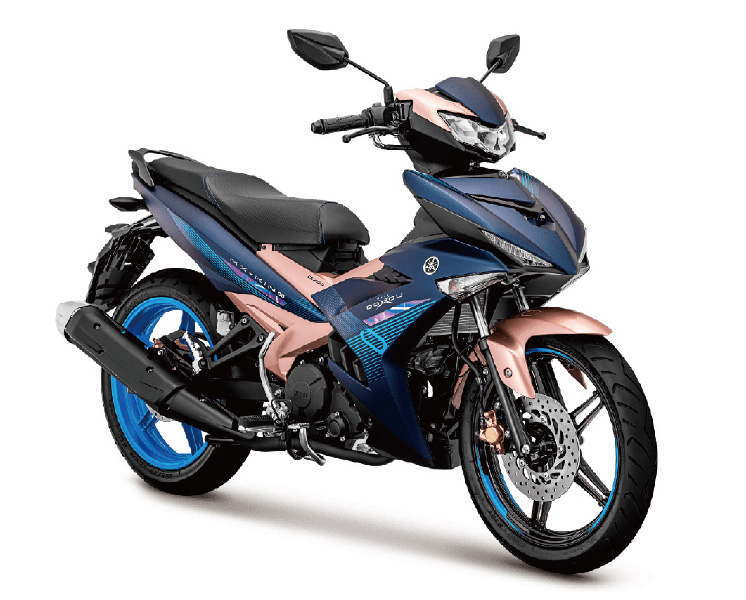
Yamaha Motor Co.,Ltd
ASEAN Model
MX-KING 150
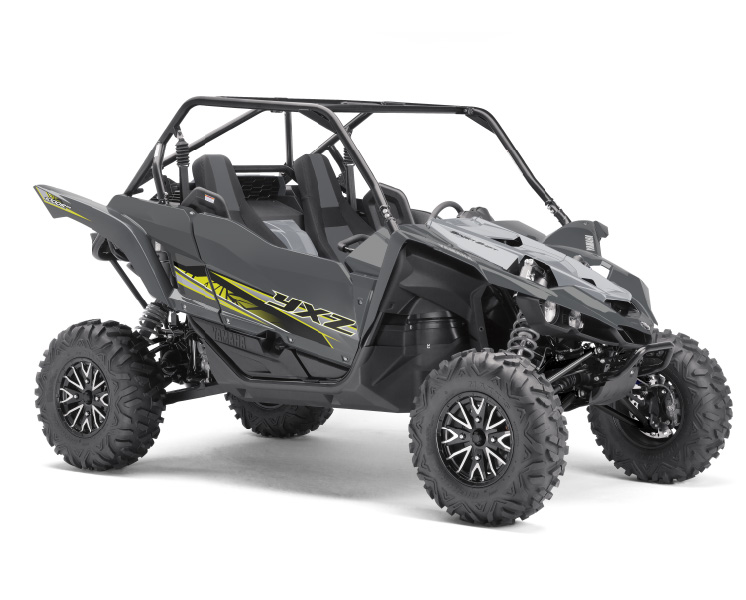
Yamaha Motor Co.,Ltd
Global Model
YXZ1000R SS
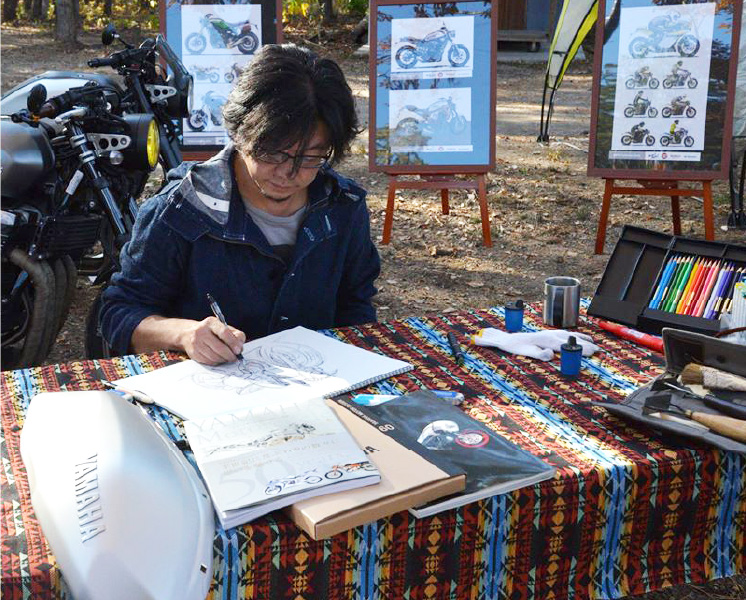
Yamaha Motor Co.,Ltd
Event Support
MOTOR!!MOTOR!! vol.10
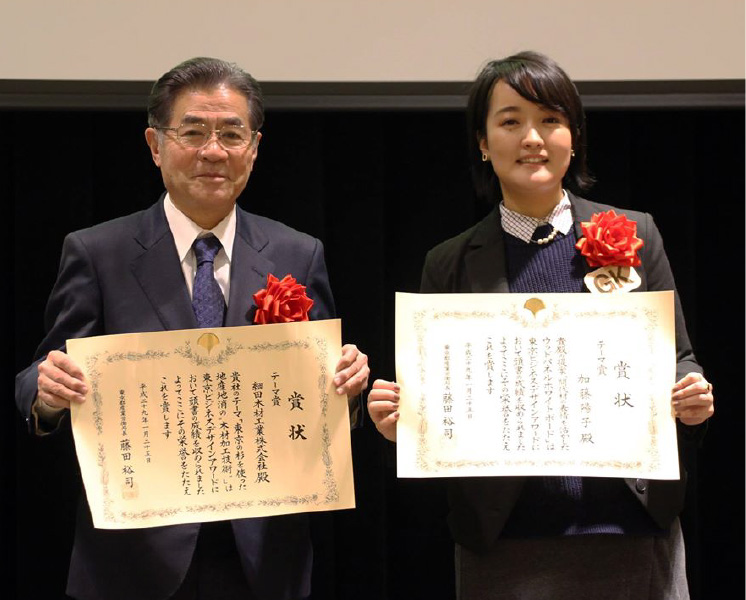
Tokyo Business Design Award
Design Competition
Collaboration with Hosoda Wood Industries, Inc.
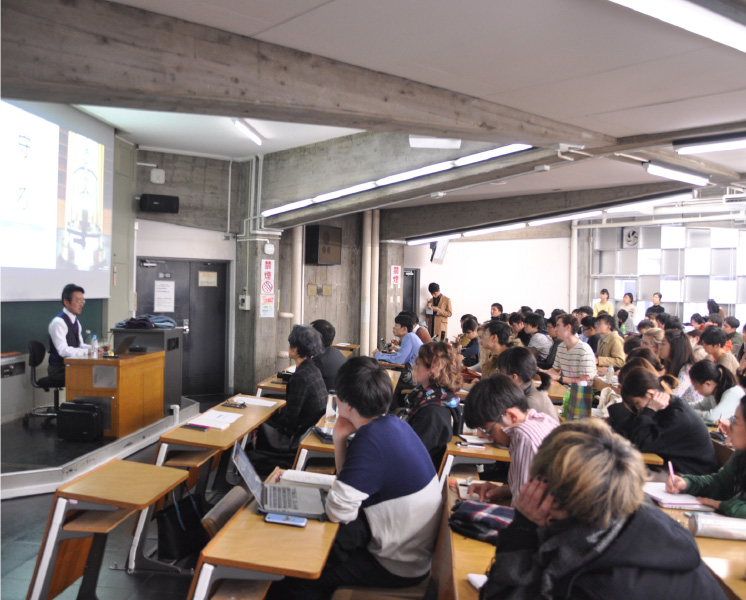
Faculty of Science and Engineering, Waseda University
Design lecture
“ Design for Human ”
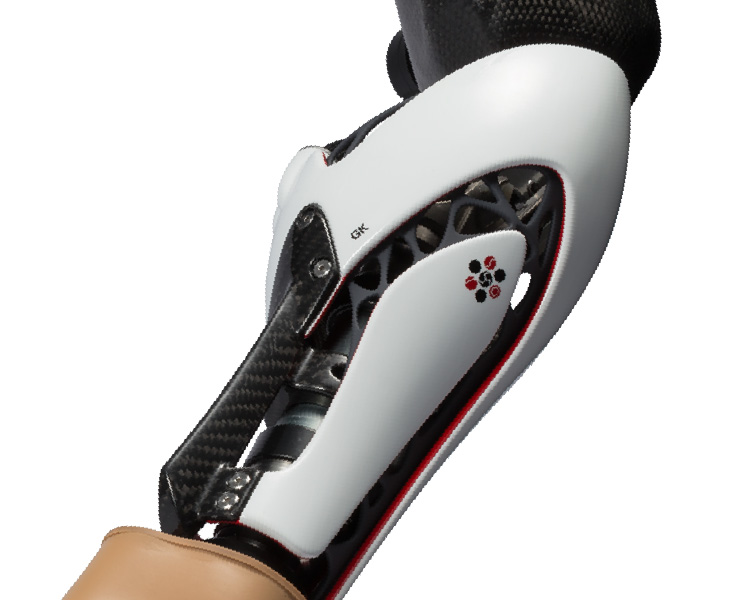
Independent research
Design support for physically handicapped person
Sanada x GKDY project
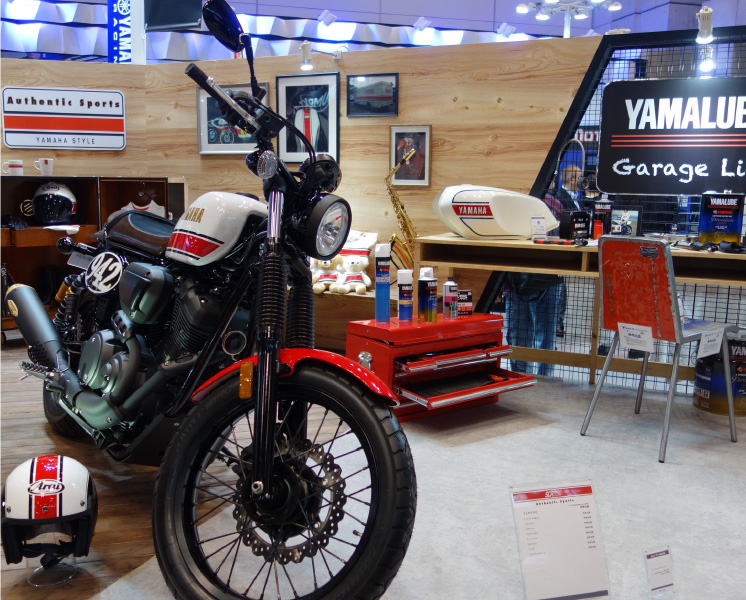
Y’S GEAR Co.,Ltd
Booth design
Tokyo Motorcycle show
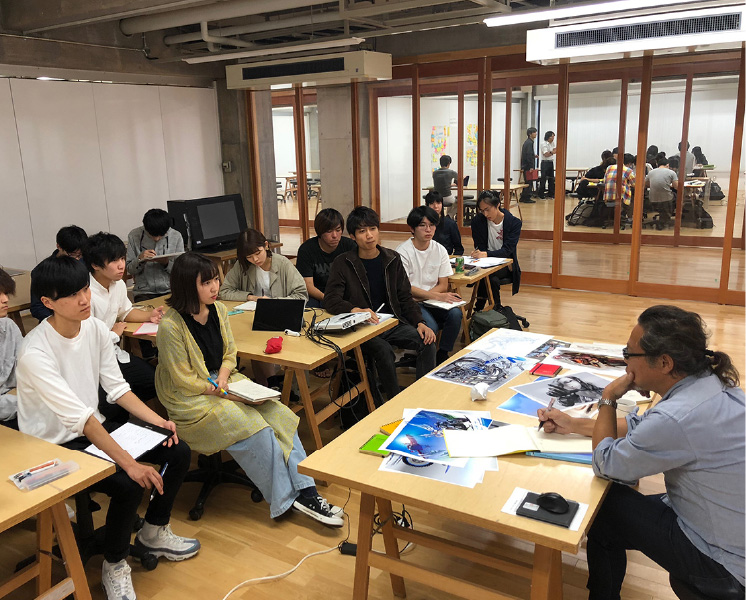
Tohoku University of Art & Design
Design training program
Industry-university cooperative classes
Independent research
Digital Experience Design
GK Dynamics Virtual Showroom
Photo credits of vehicle : Yamaha Motor Co.,Ltd
Humans’ dreams, their environment, and the times they live in are always our focus.
We take human-centered approaches to understand product functions and give them tangible forms.
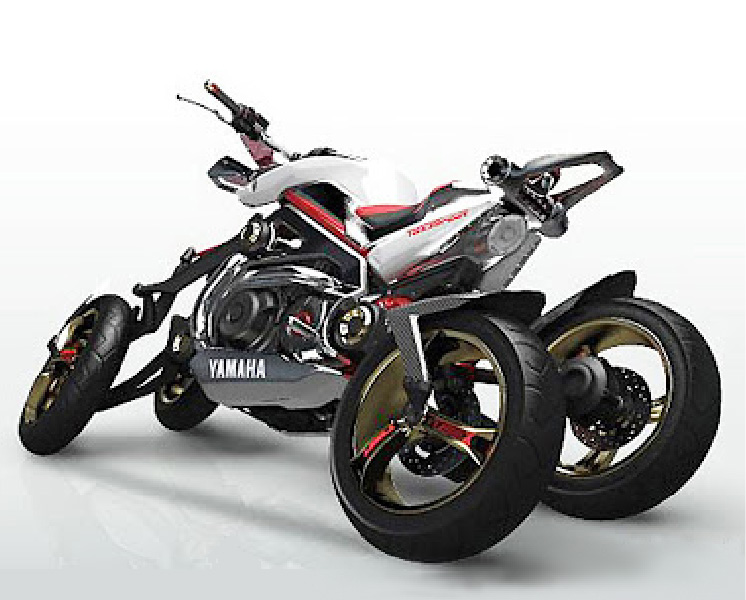
2007 Tesseract
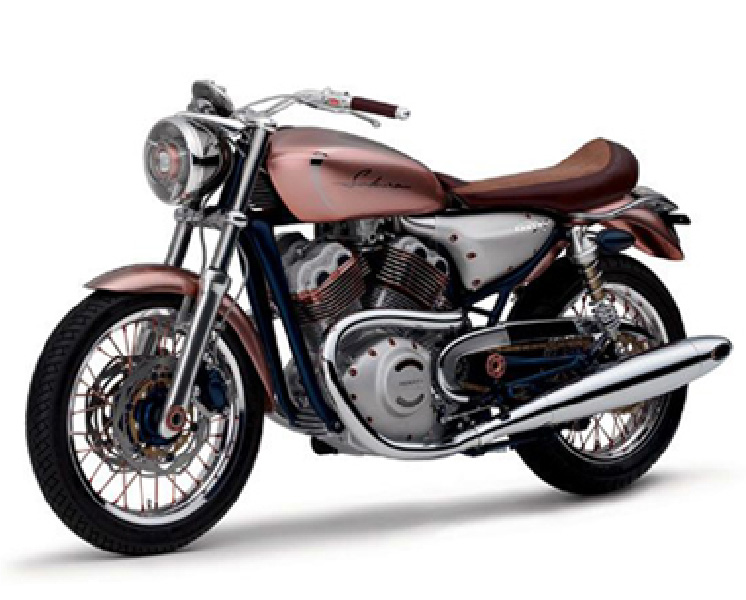
2007 XS-V1 Sakura
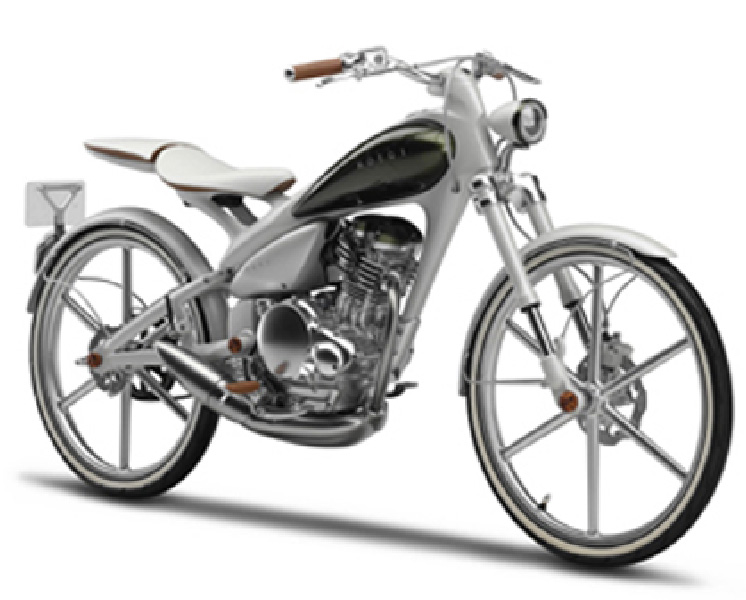
2011 MOEGI
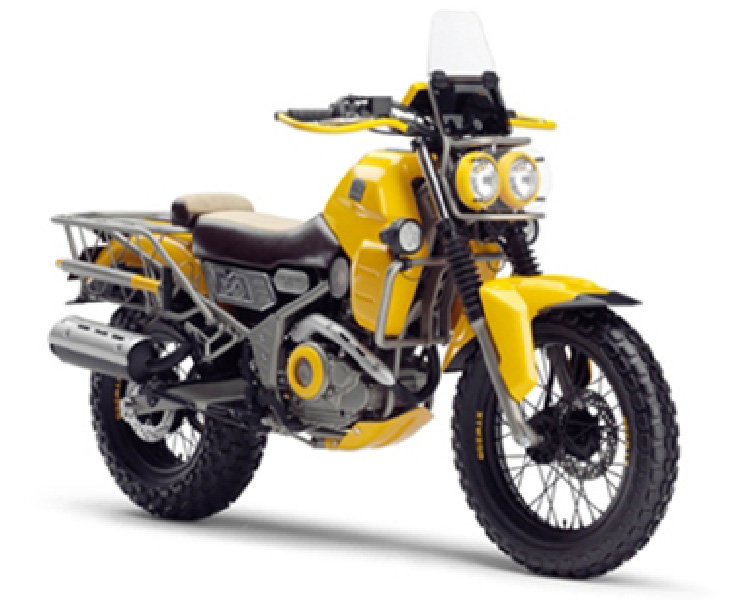
2011 XTW250 RYOKU
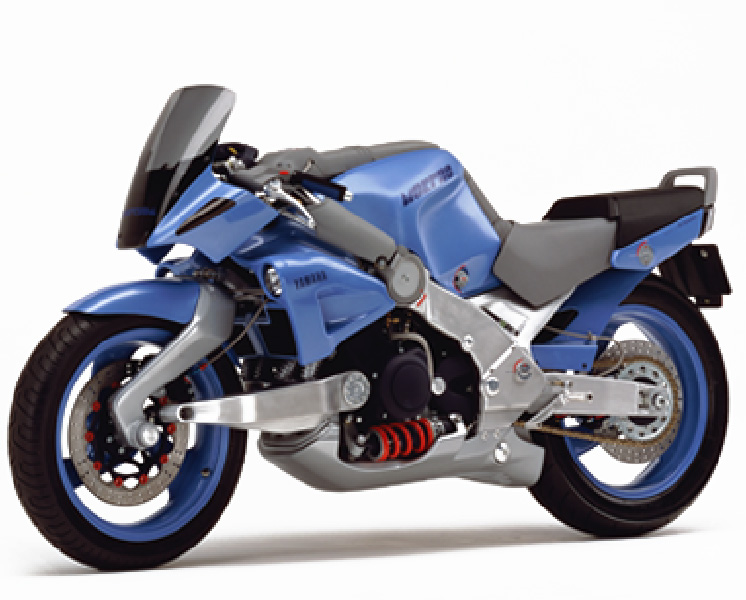
1989 MORPHO I
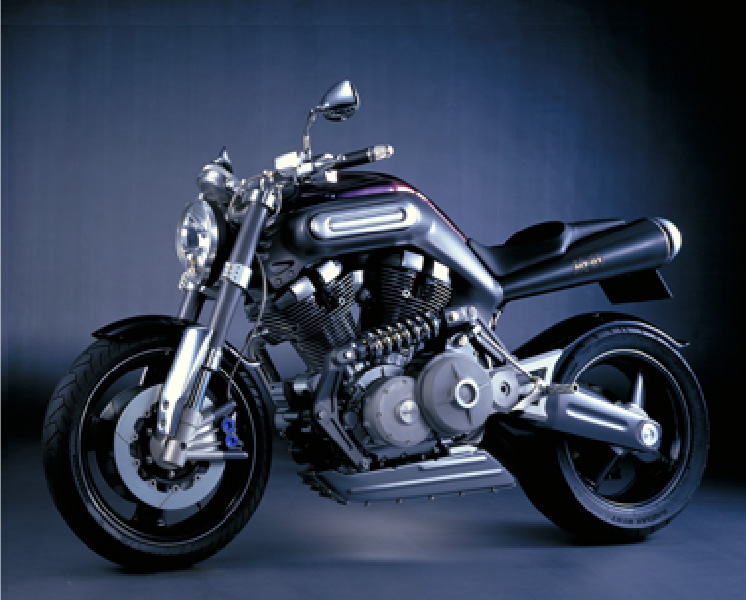
1999 MT-01 KODO
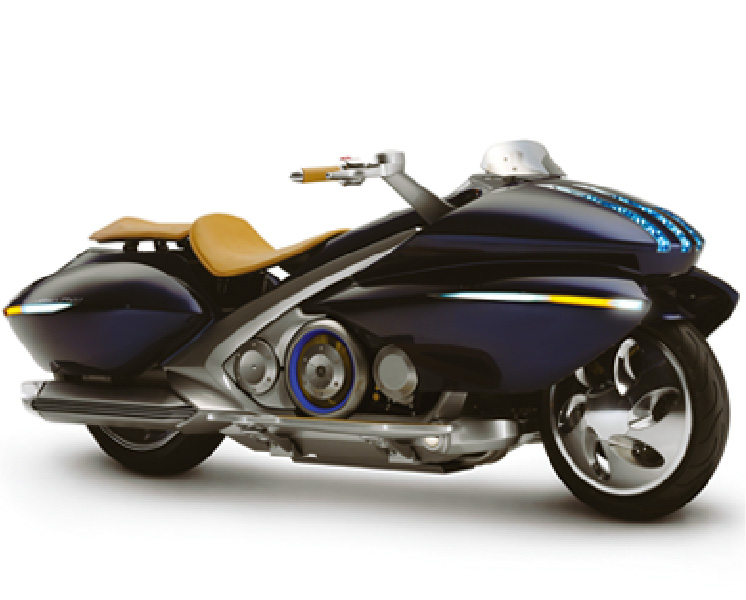
2005 GEN-Ryu
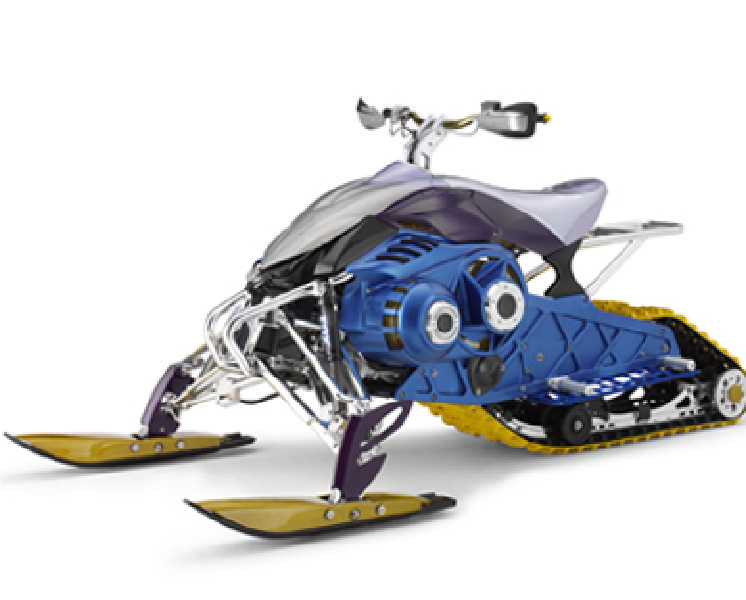
2005 OMT
※The decades described below do not always indicate the first market launch of each model.
The way people enjoy motorcycling matured in this period.
People came to enjoy riding in more relaxed and pleasant manners.
Accordingly, an increasing number of new models emerged to meet the demands of adults hoping to enjoy the trend of the times.
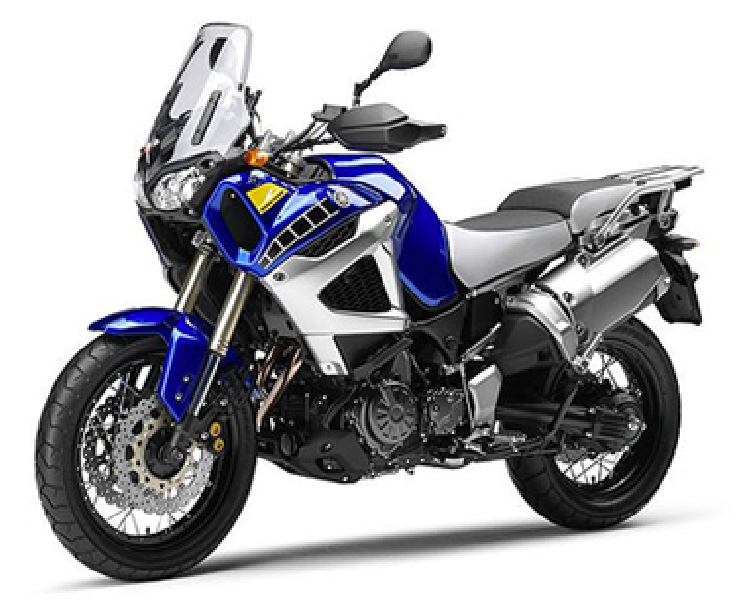
2010 XT1200Z Super Tenere
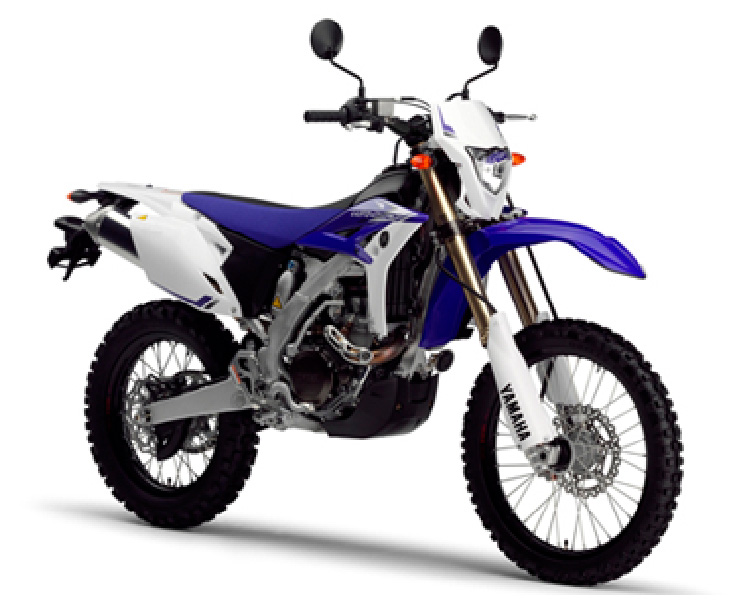
2012 WR450F
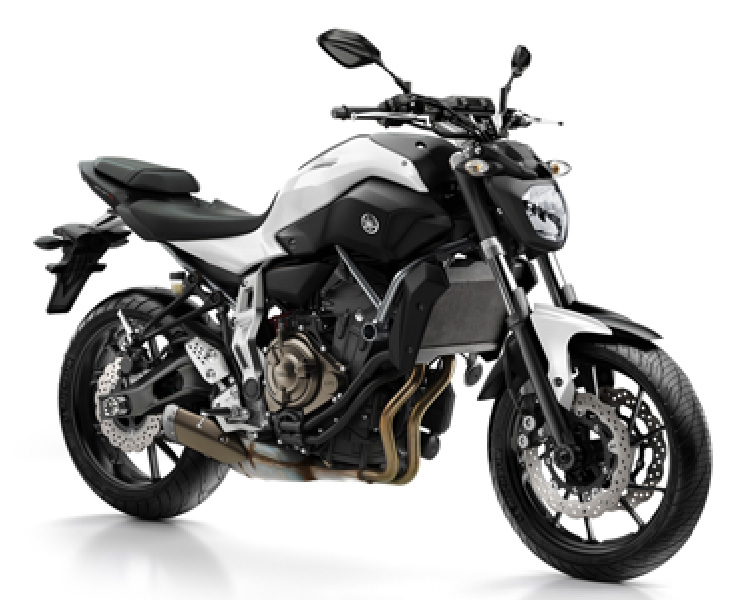
2015 MT-07
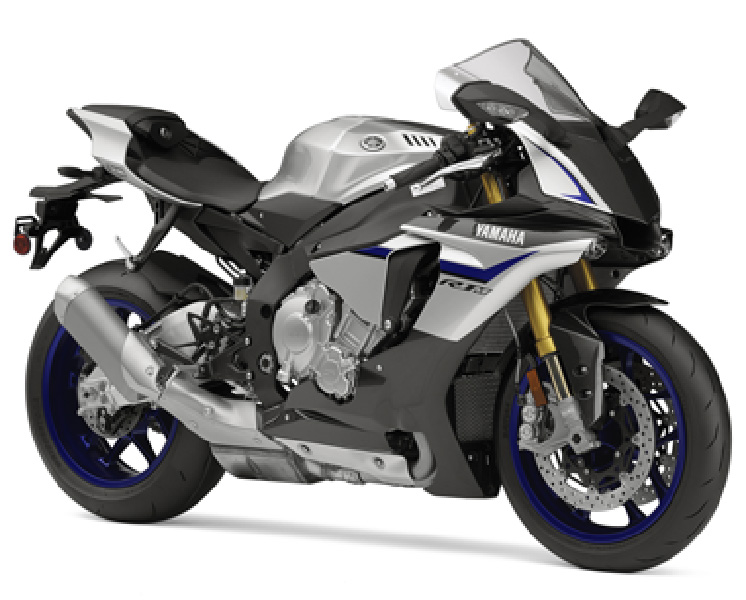
2015 YZF-R1M
As X Games became popularity, the word “Extreme” came to be used in various fields.
The circumstances surrounding the motorcycle gradually changed, as the ban on double riding on expressways
was lifted and a limited driver license was newly introduced for AT motorcycles.
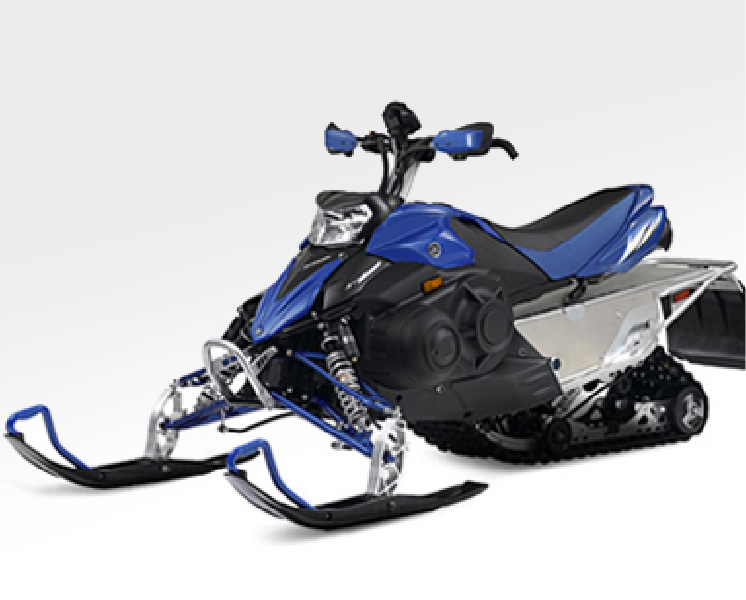
2006 Phazer FX1
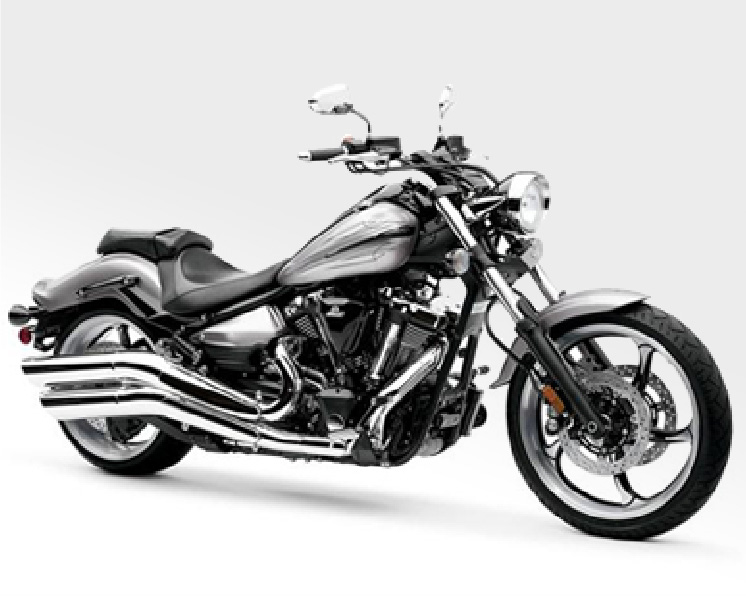
2008 Raider
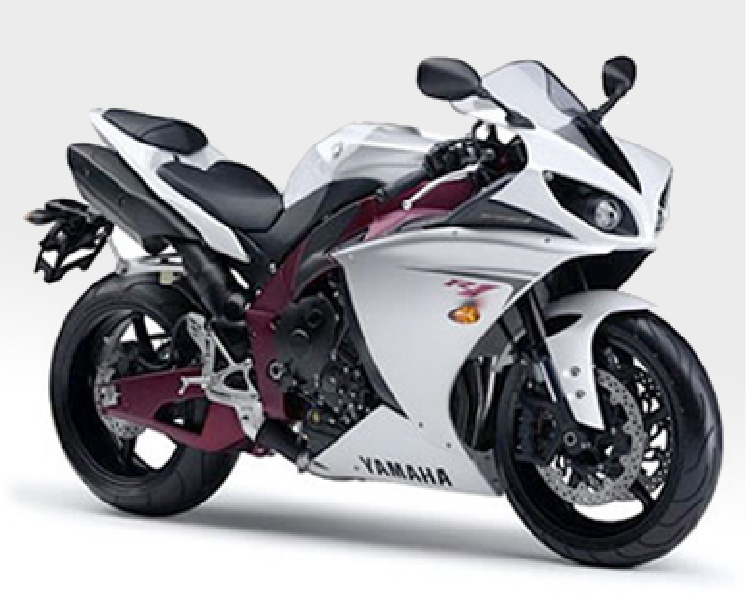
2008 YZF-R1
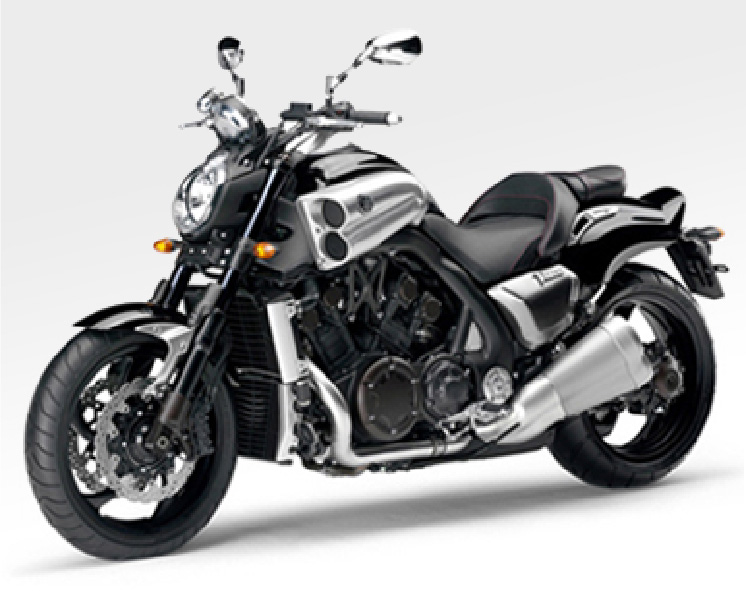
2008 VMAX
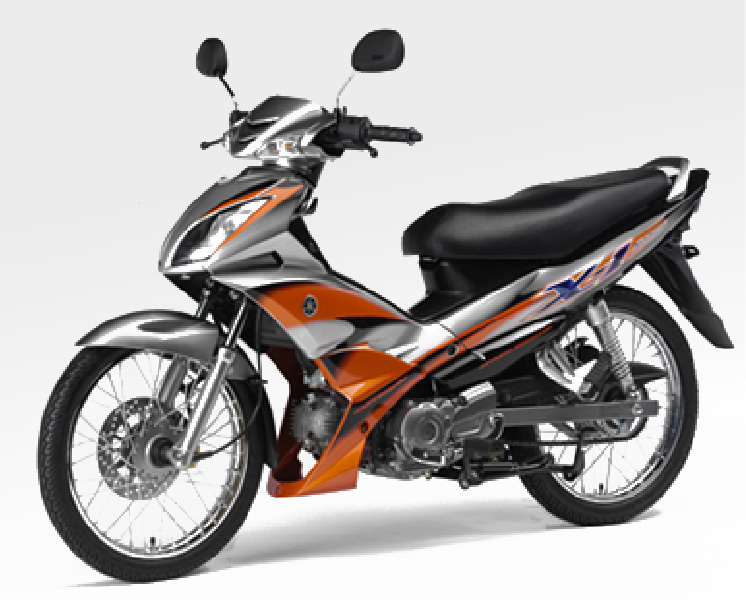
2004 X1
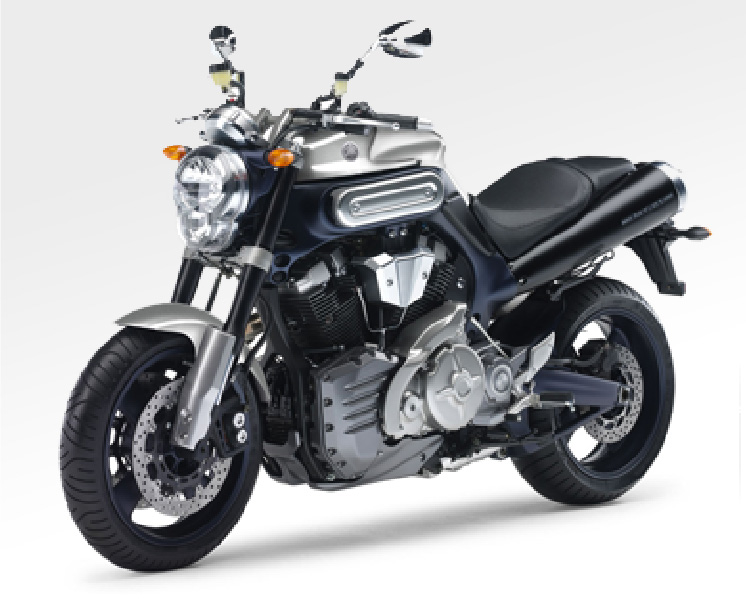
2006 MT-01
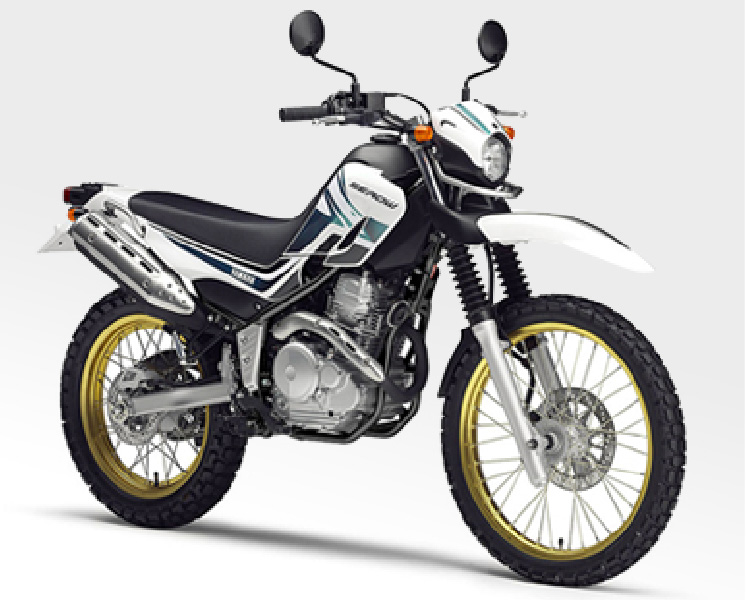
2006 XT250 Serow
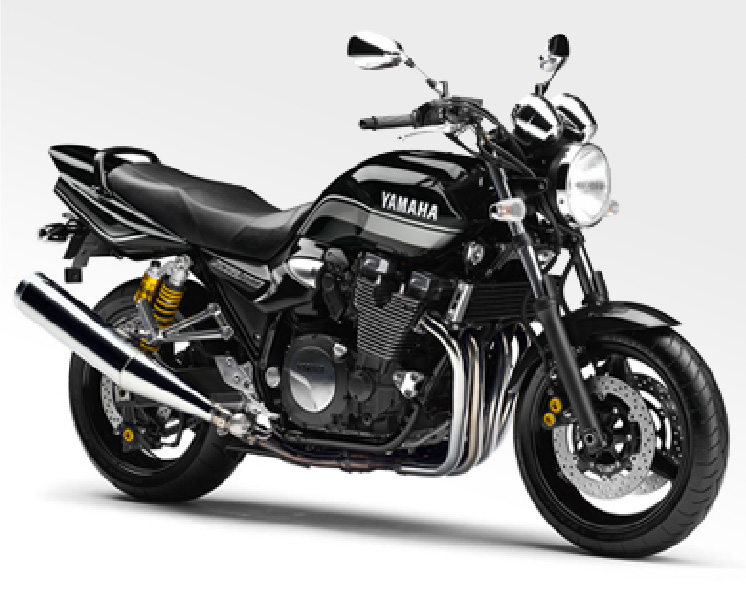
2006 XJR13
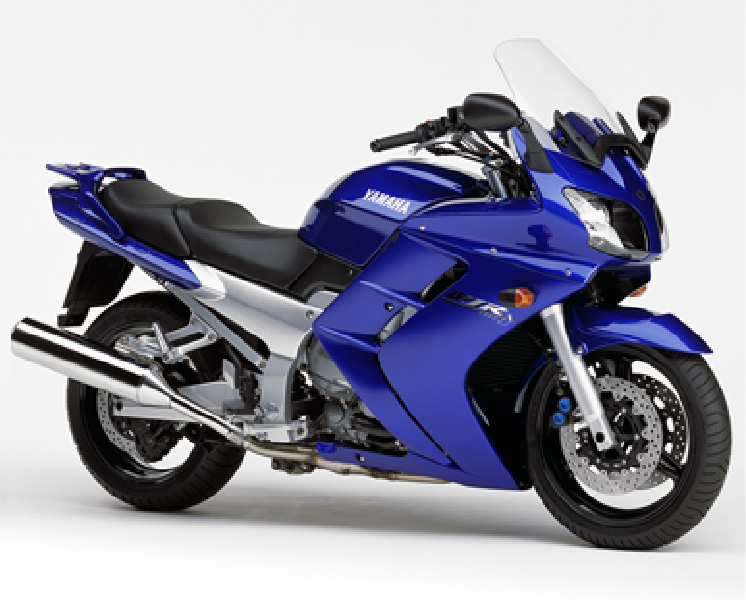
2000 FJR
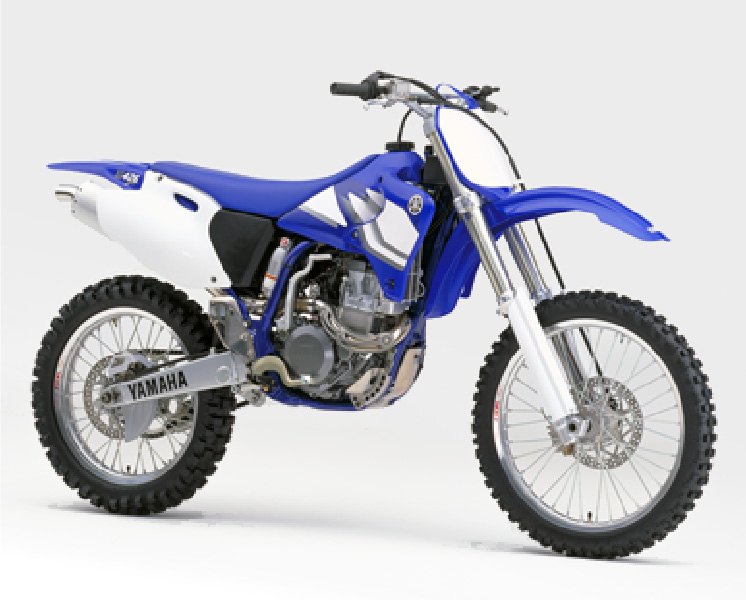
2000 YZ426F
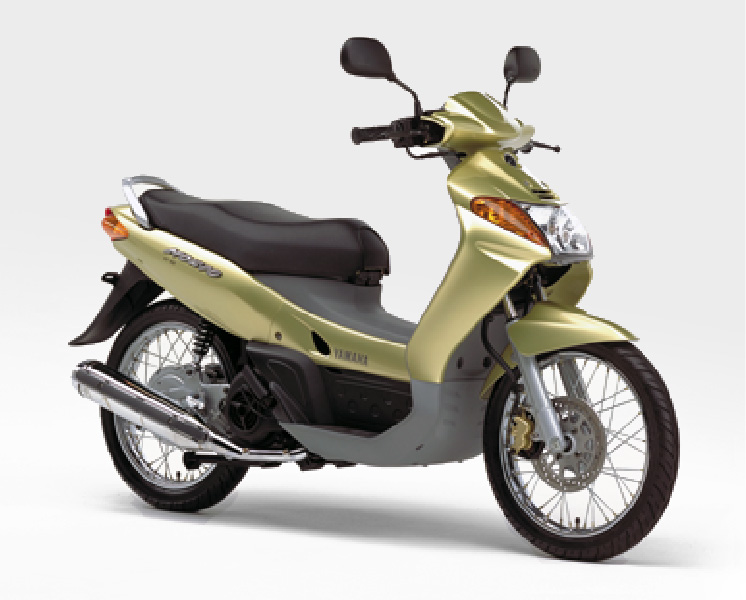
2001 Nouvo
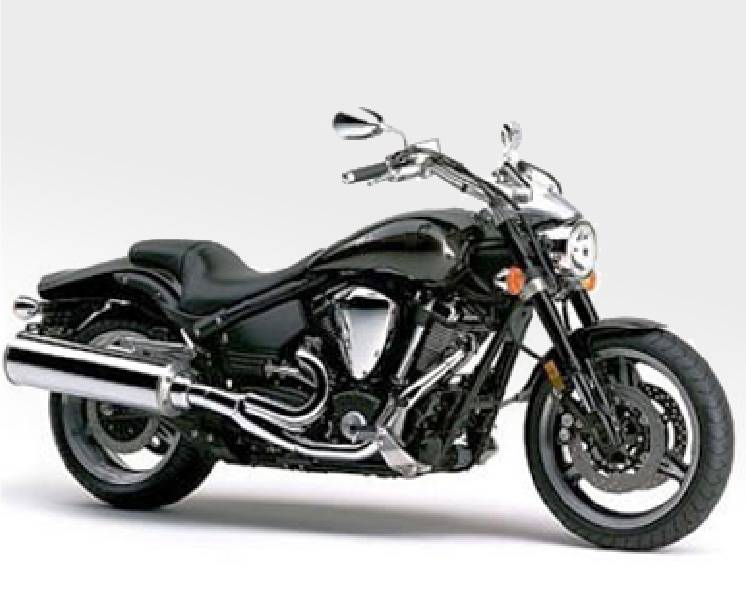
2001 XV17 Warrior
This decade saw some major events happening around the world.
The business boom fueled by the economic bubble came to an end in Japan,
while the U.S. motorcycle maker Haley-Davidson regained strength
and the European Union was formally established in Europe.
Driving schools were allowed to provide courses for getting the large motorcycle license.
New types of users emerged thanks to a rising popularity of big cruisers as well as
a popular Japanese TV drama featuring its lead actor as a motorcycle rider.
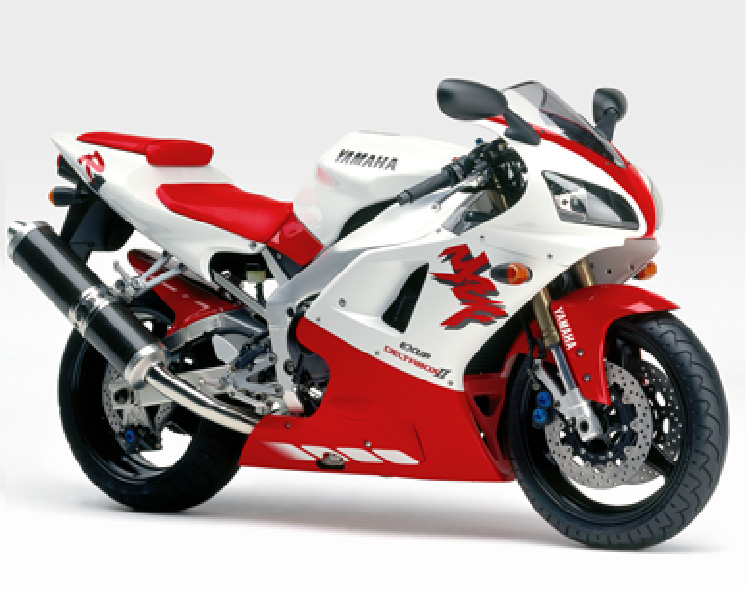
1998 YZF-R1
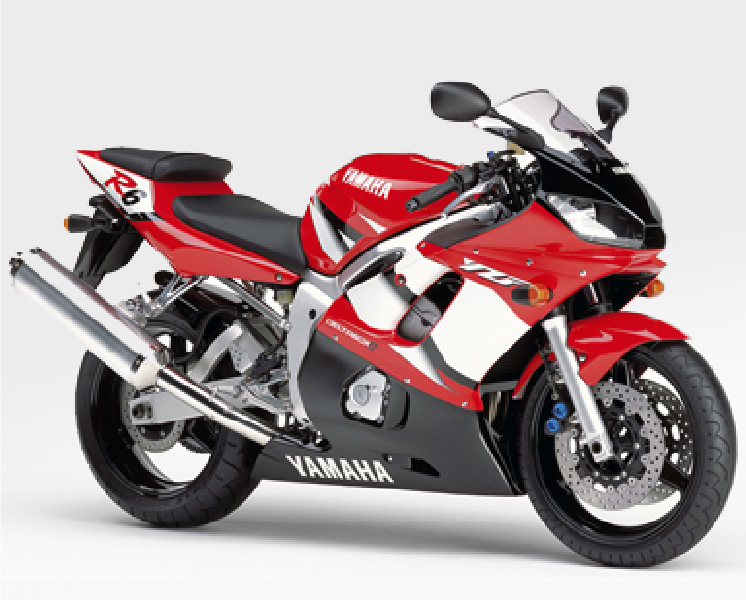
1998 YZF-R6
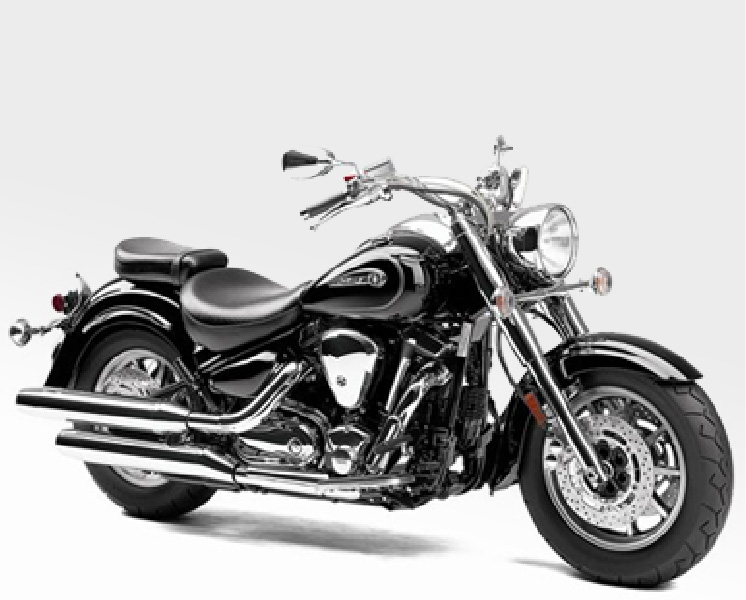
1999 Road Star
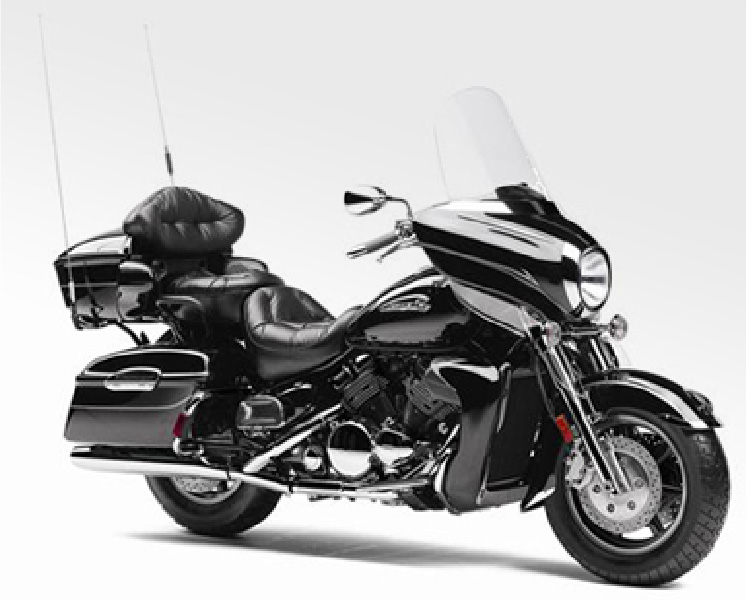
1999 Royal Star-Venture
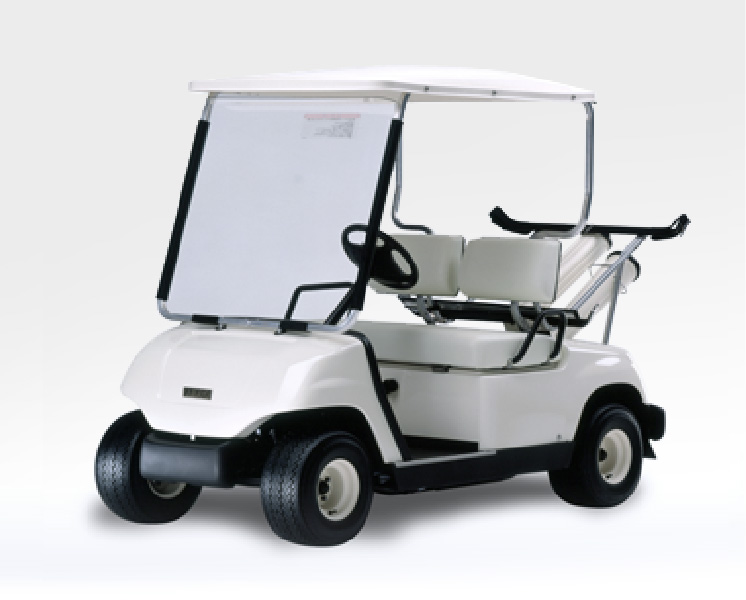
1996 G16
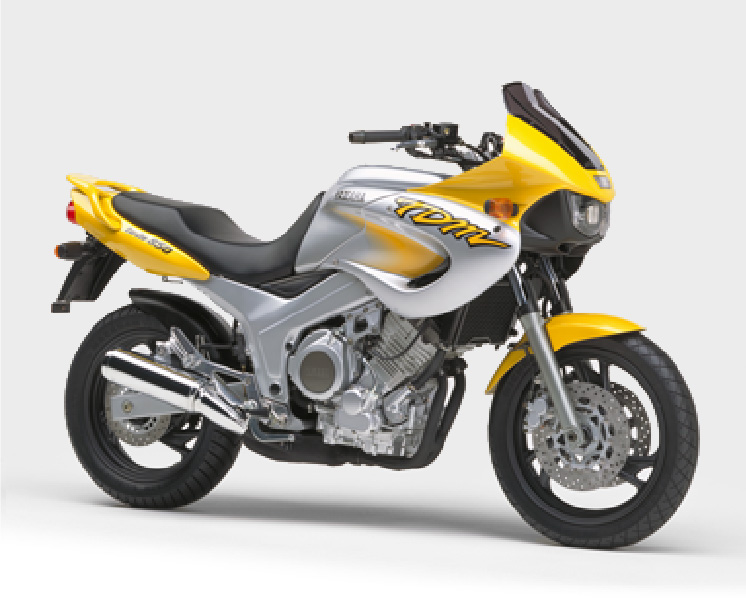
1996 TDM850
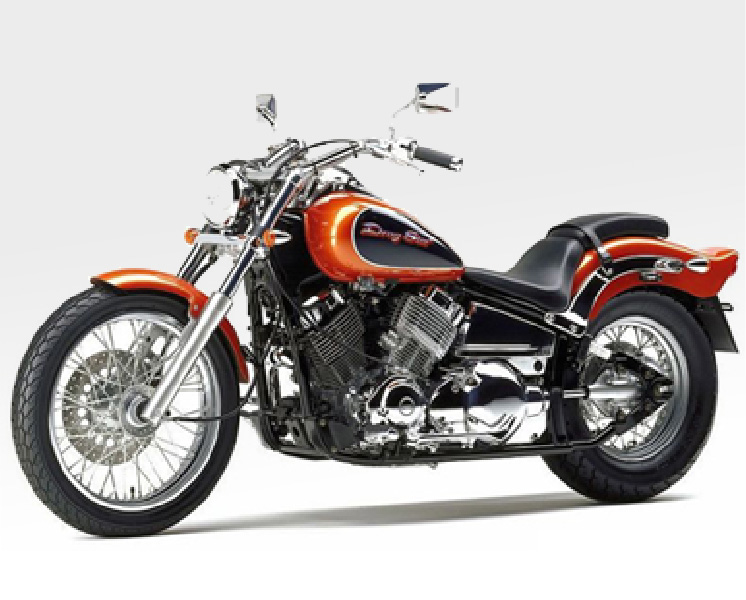
1996 XVS400
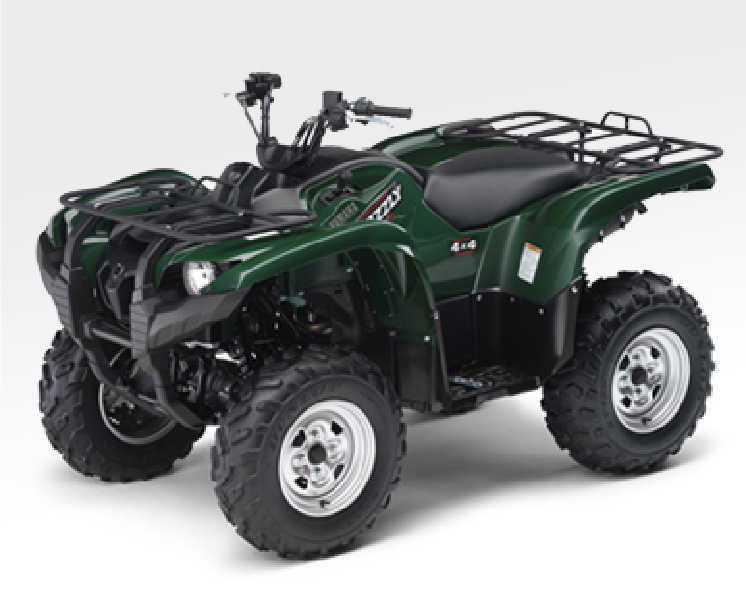
1998 YFM660FWA
Supercars, especially the ones from Europe, became a major fad among children as well as adults in this period.
A Japanese racing car driver won the title at a World Championship Grand Prix.
The number of viewers at the Suzuka 8 Hours Motorcycle Endurance Race continued to increase.
Full-fairing sport bikes called “Racer Replica” went into full swing, while at the same time,
simply-designed famous models called “Tasty Bikes” had been produced in large numbers in this period.
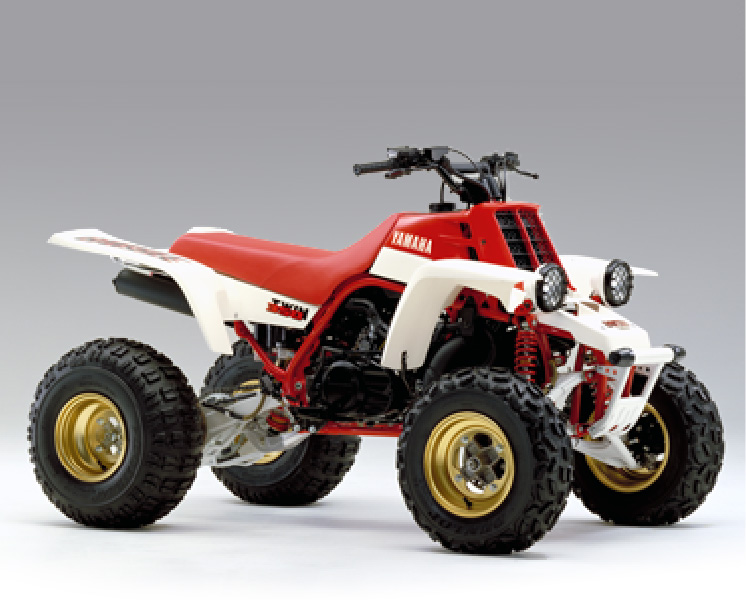
1986 YFZ350 Banshee
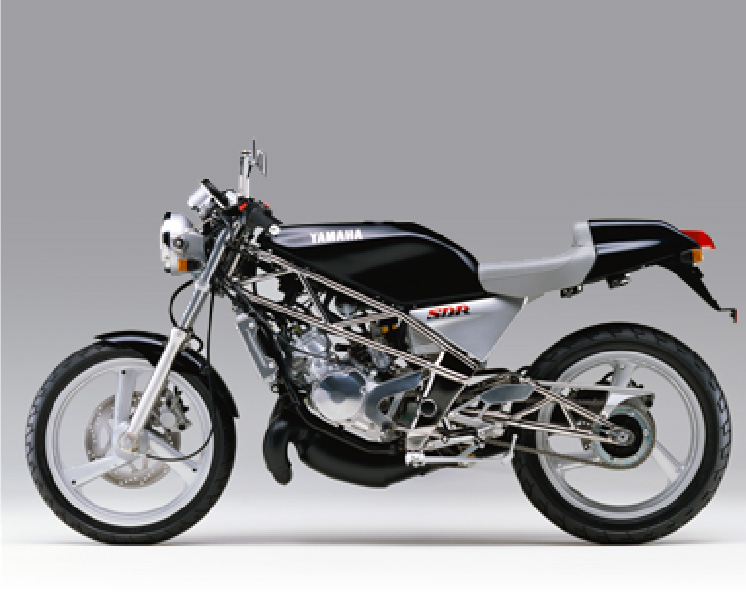
1987 SDR
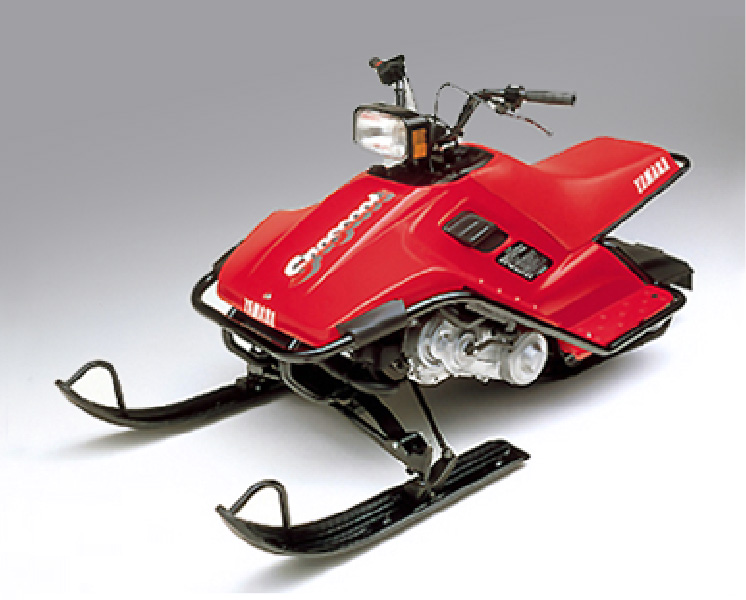
1988 SV80 Snoscoot
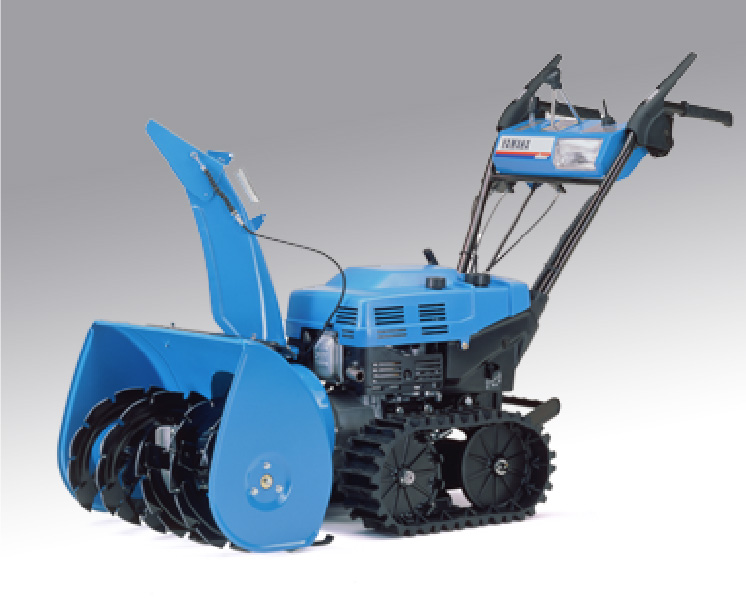
1989 SA560E
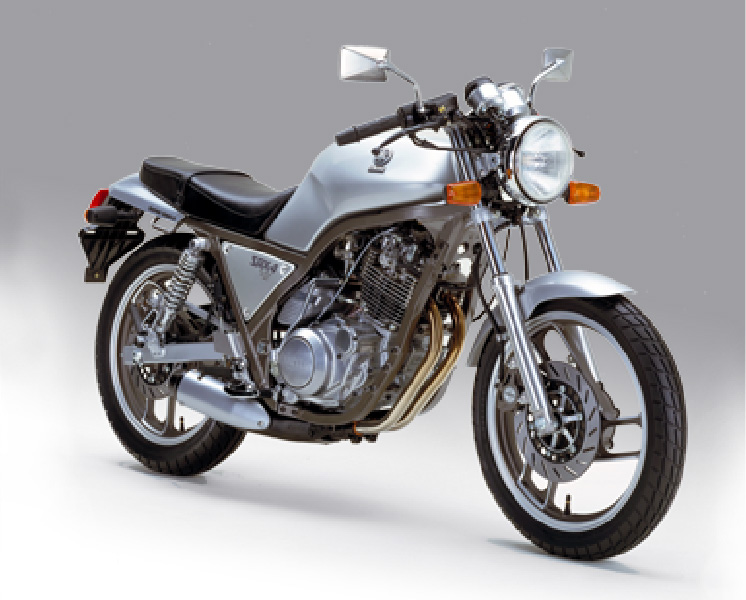
1985 SRX400
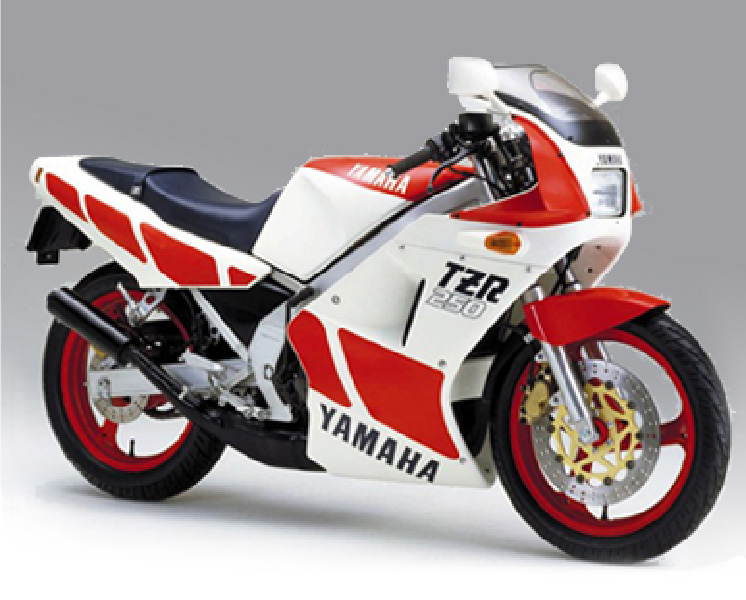
1985 TZR250
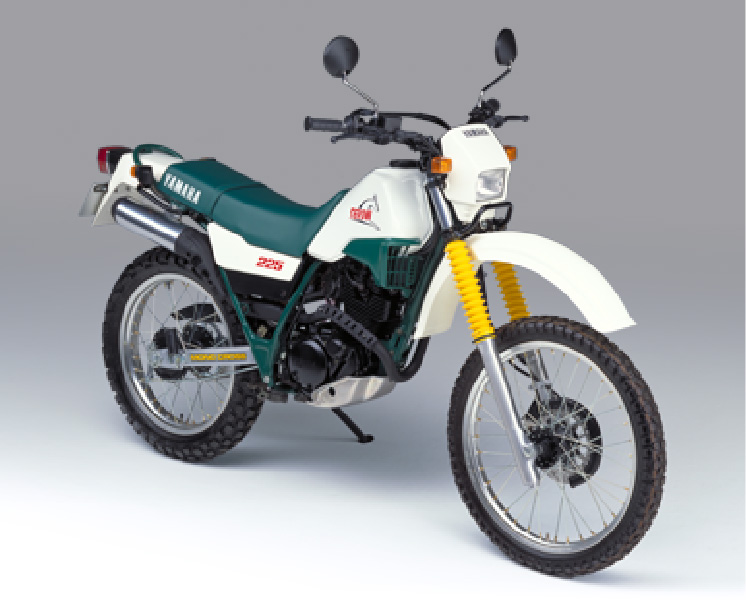
1985 XT225 Serow
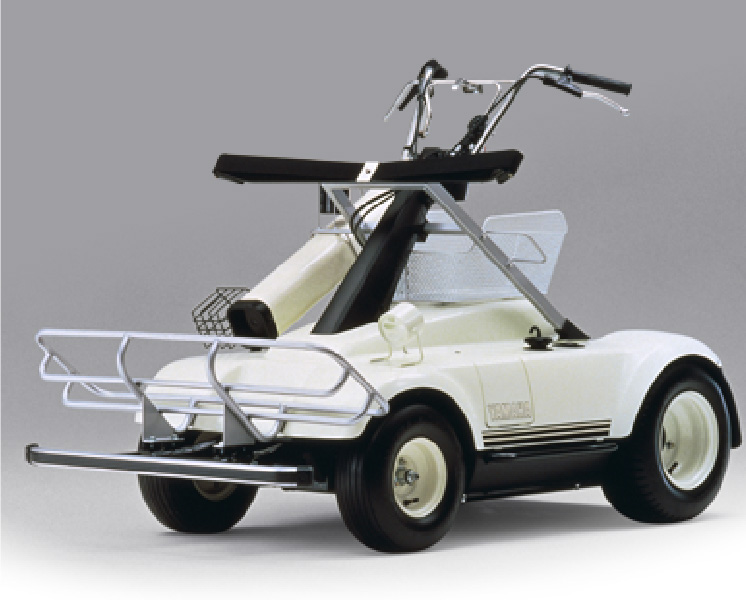
1986 TurfMate
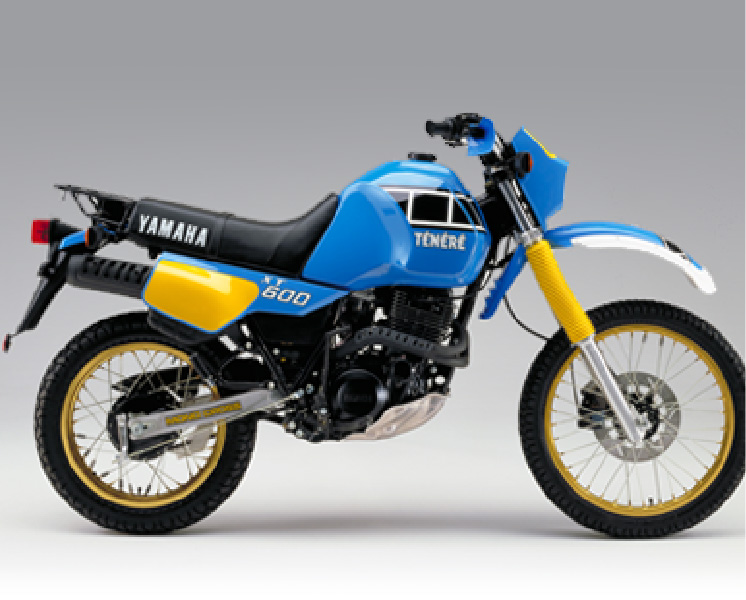
1983 XT600 Tenere
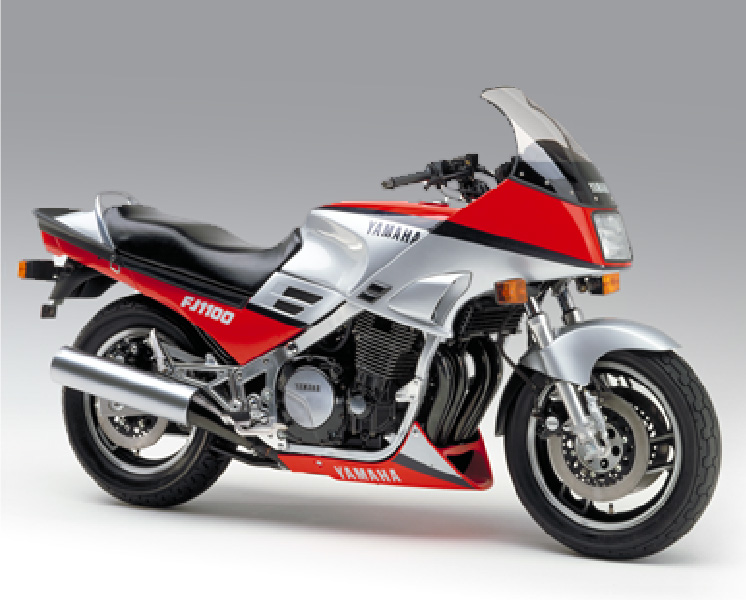
1984 FJ1100
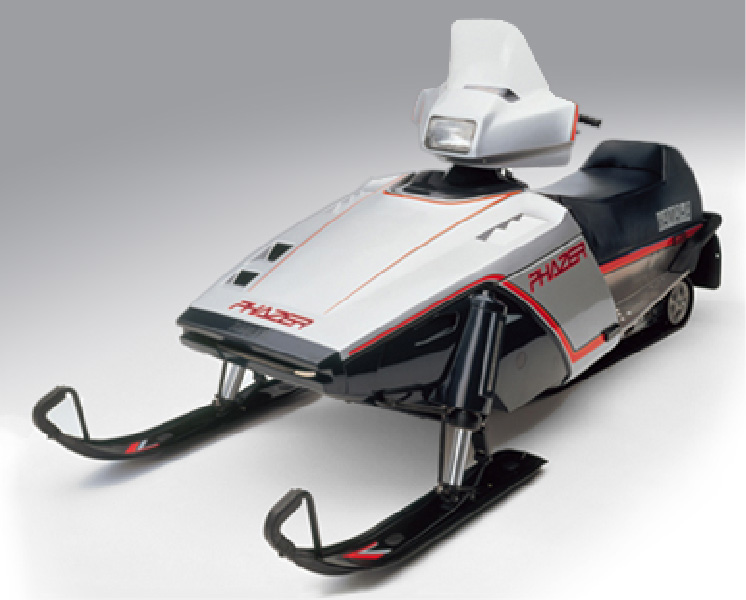
1984 PZ480
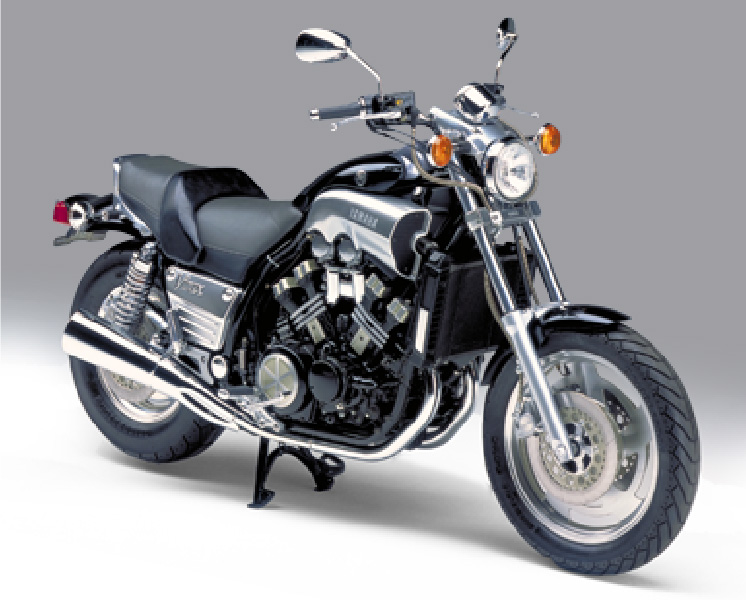
1984 VMAX1200
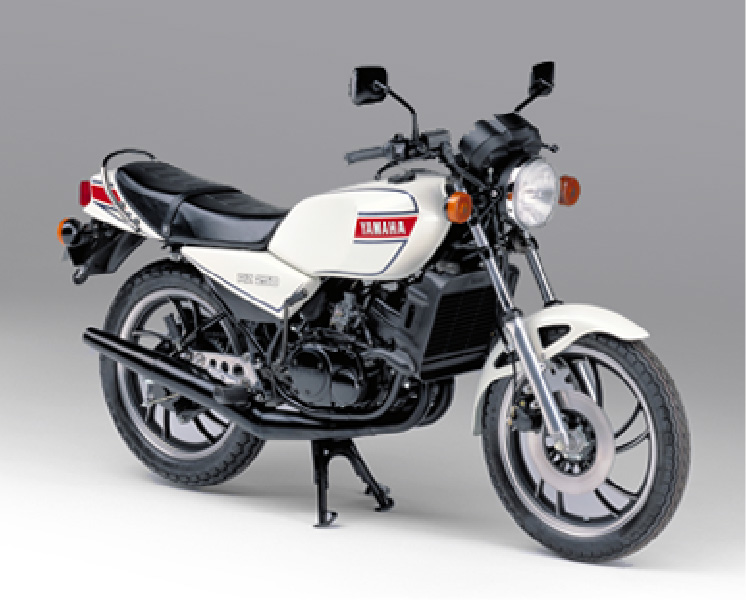
1980 RZ250
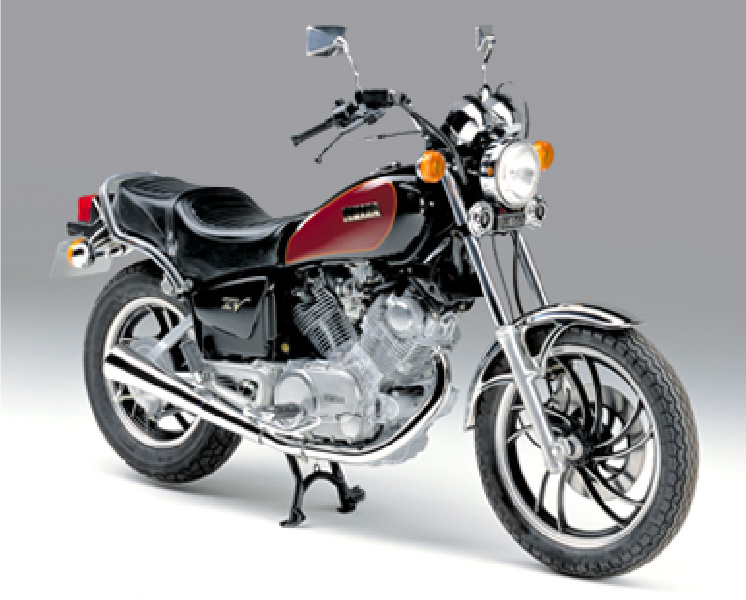
1981 XV750SP
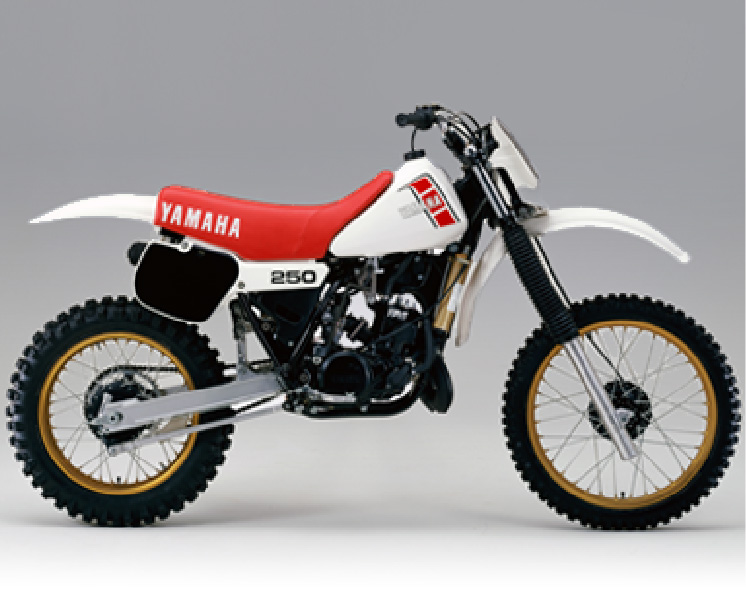
1981 YZM250
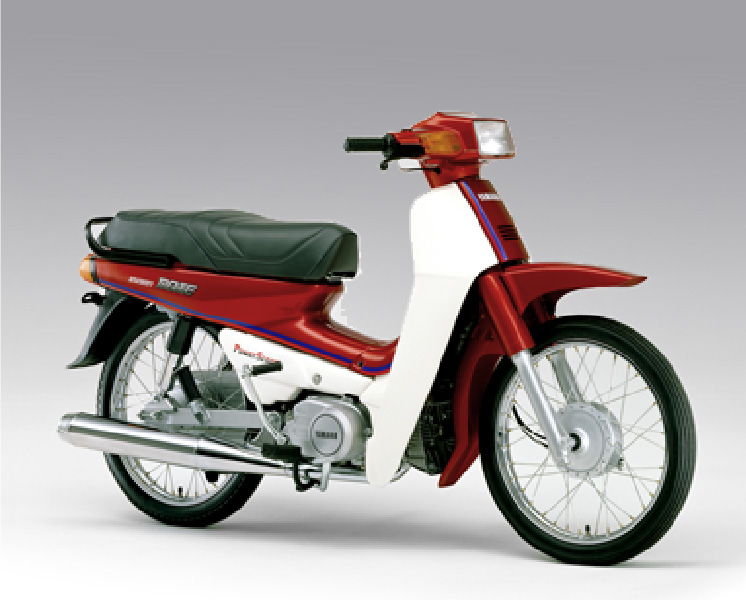
1982 Mate
Japan enjoyed economic stability in this decade as it hosted the Osaka World Expo in 1970.
The boom for 750cc motorcycles occurred and the motorcycle licensing system was revised.
The film “Easy Rider” became a blockbuster hit and gave birth to the American style in Japan, which laid a foundation for developing cruiser motorcycles.
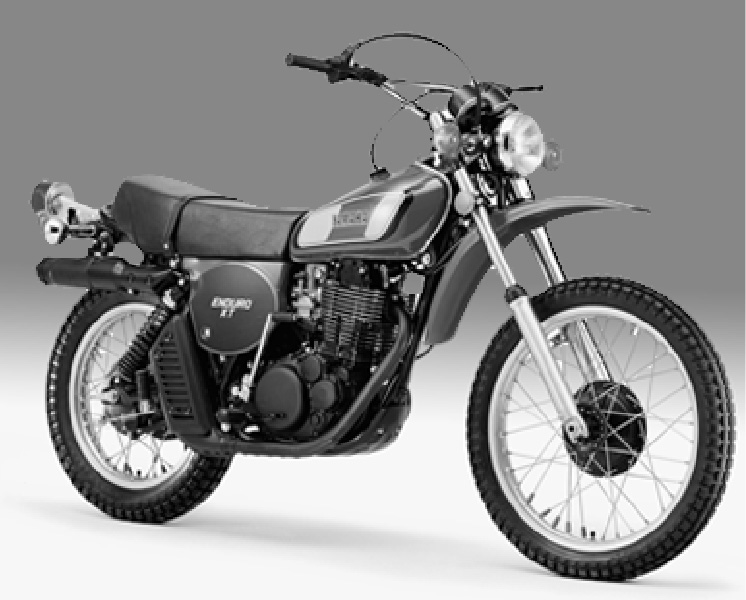
1976 XT500
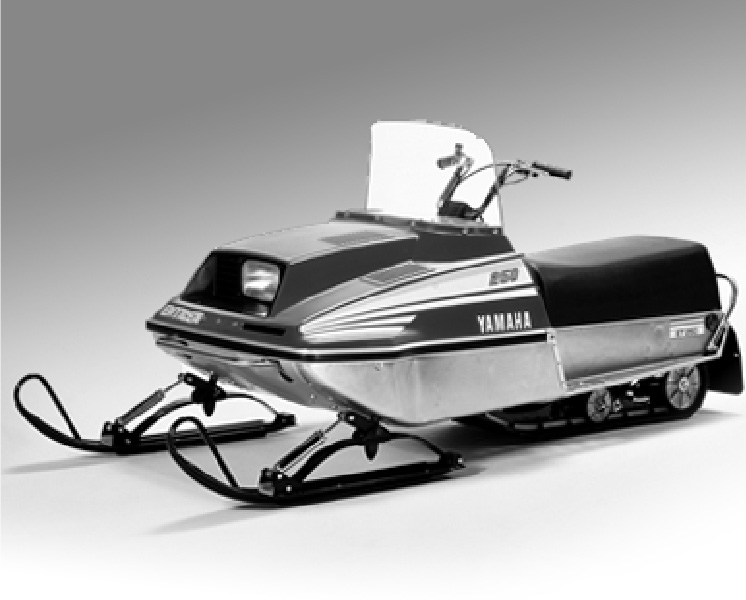
1977 ET250
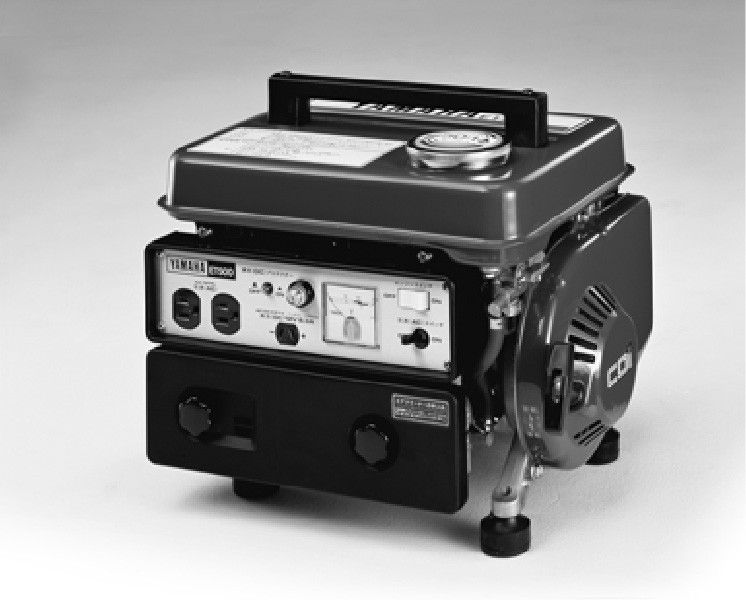
1979 ET500
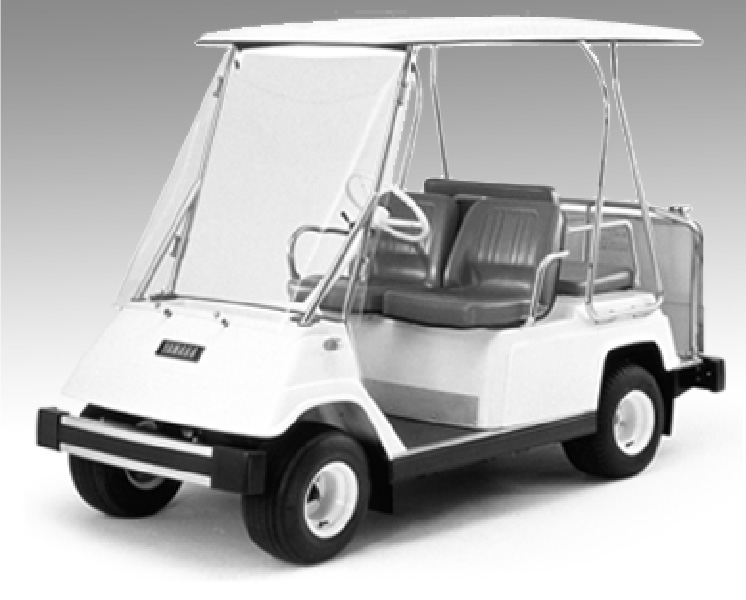
1979 G1AL
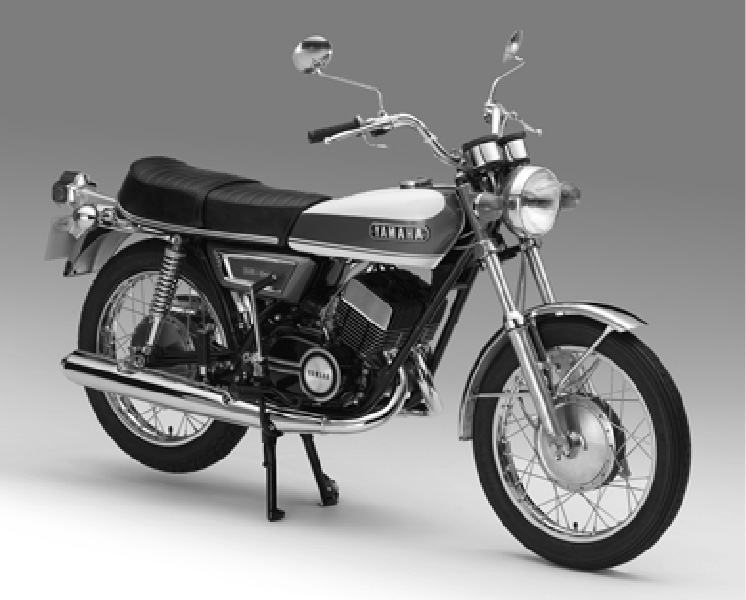
1970 DX250
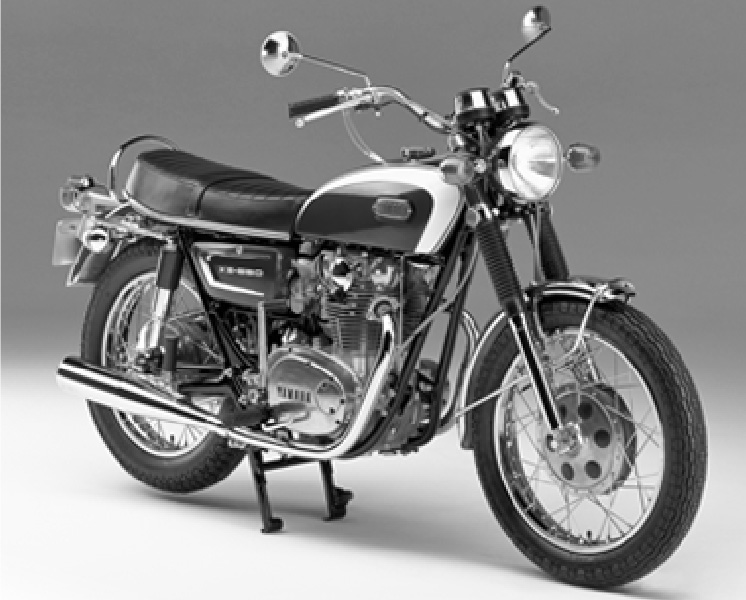
1970 XS-1
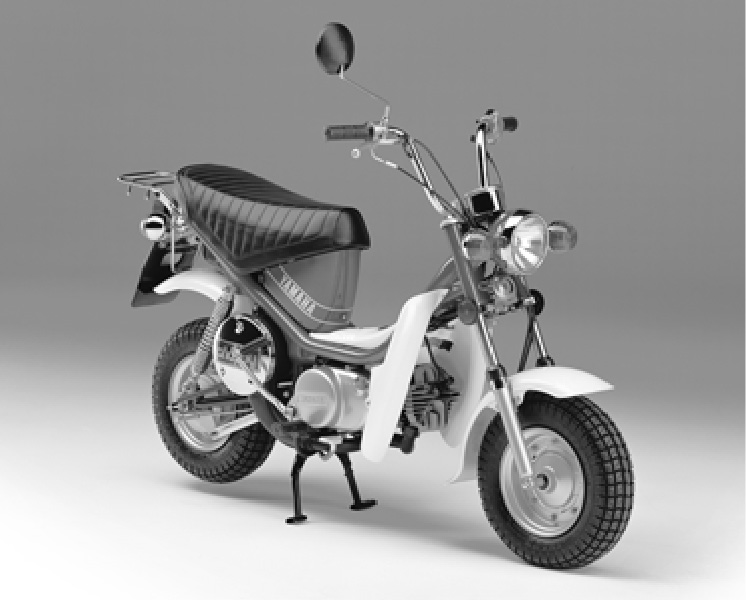
1973 LB80IIA
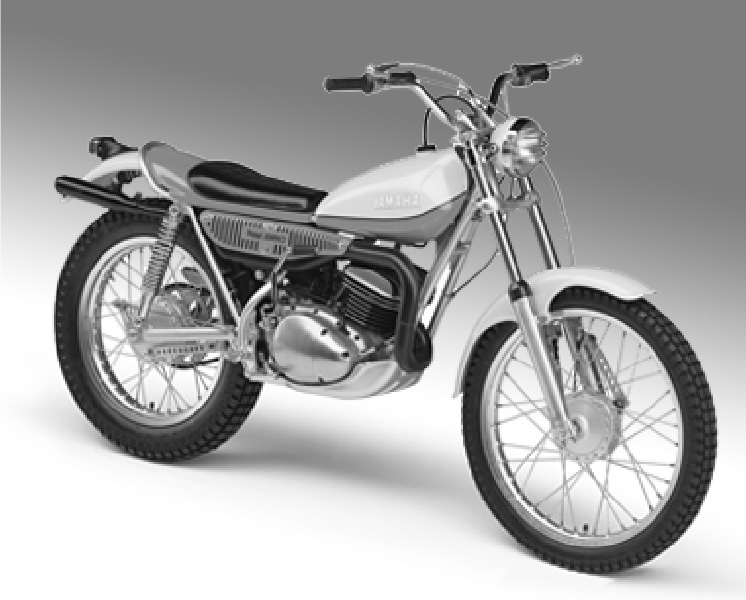
1974 TY250J
Japan’s annual motorcycle production surpassed one million units in this decade,
pushing the country to the No.1 place in motorbike manufacturing.
In preparation for the 1964 Tokyo Olympics, Metropolitan Expressways were constructed
and the Shinkansen bullet train started its operation. People began to enjoy a private car boom.
It can be said that mobility started to be recognized as a kind of leisure activities.
Against these backdrops, famous motorcycle models appeared in succession,
paving the way for developing present-day motorcycles.
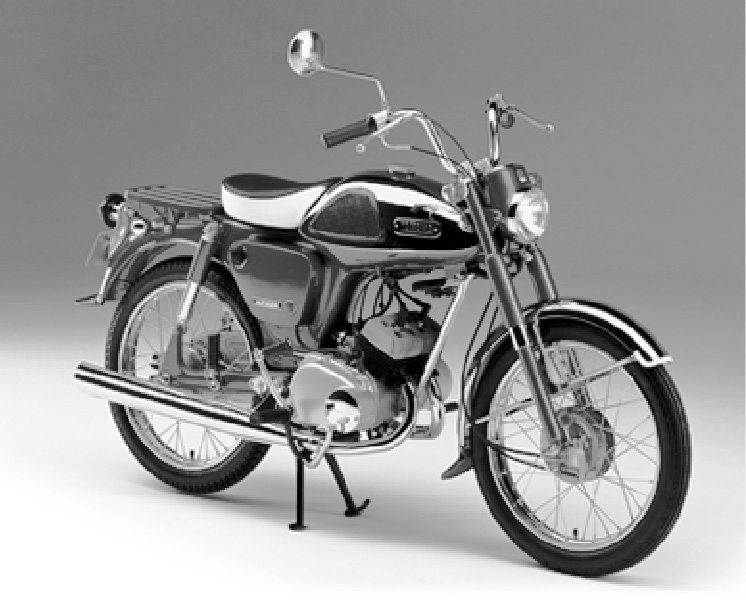
1965 AT90
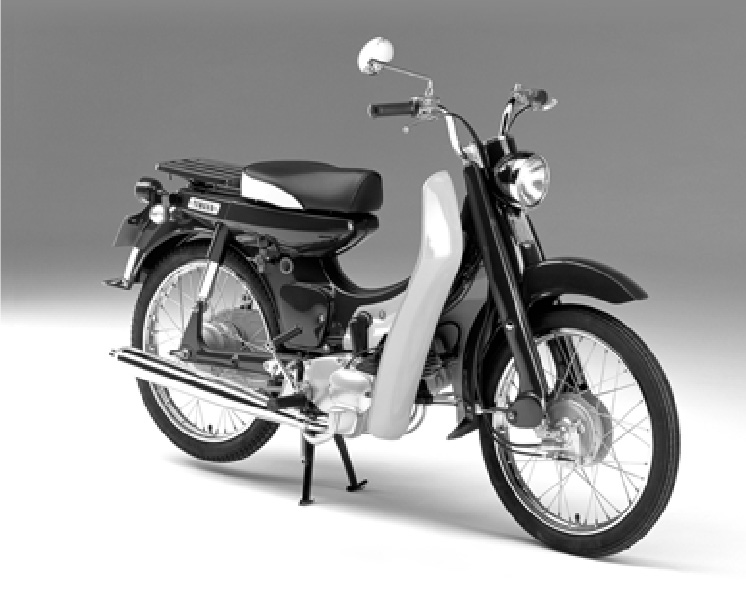
1965 U5 Mate
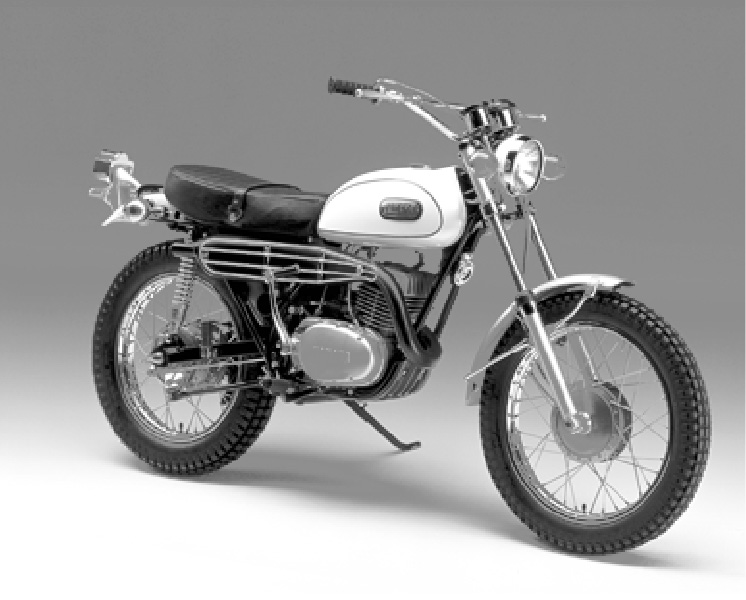
1968 DT-1
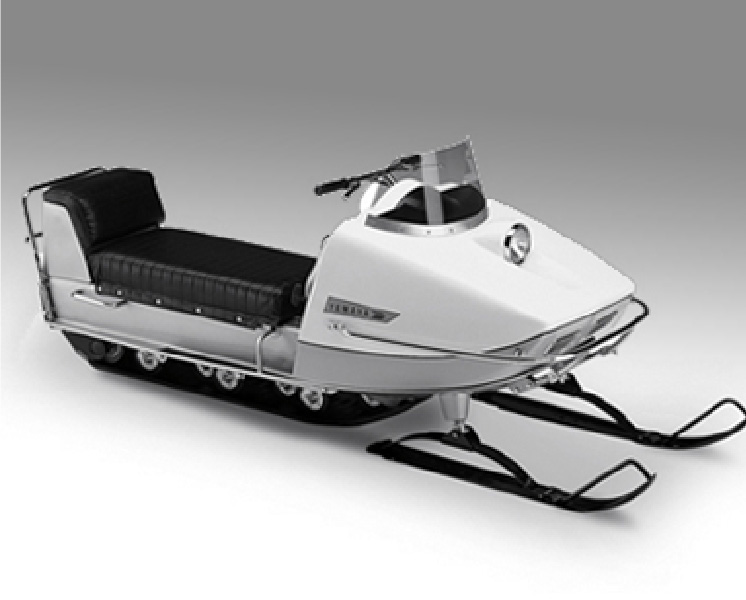
1968 SL350
The first Japan National Automobile Show, which later changed its name to the Tokyo Motor Show,
was held in 1954, leading to accelerating the motorization in the country.
YAMAHA’s iconic model YA-1 clinched the title both in the Mt. Asama Volcano Race
and the Mt. Fuji Ascent Race that started in this decade.
During the period when Japan enjoyed the economic boom called “Jinmu Keiki,”
various household products and leisure vehicles were developed and launched to the market.
Amid this vibrant culture of the time, young designers at GK Industrial Design Associates were working day
in and day out to create cutting-edge motorcycle design.
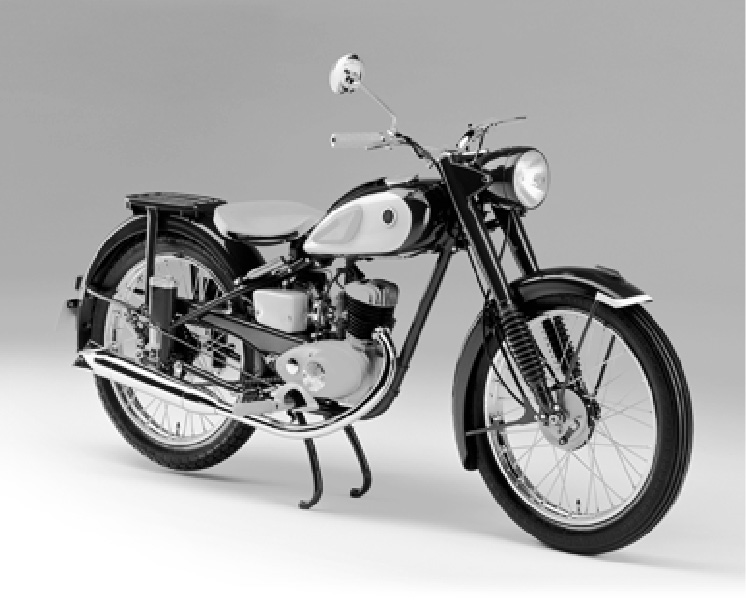
1955 YA-1
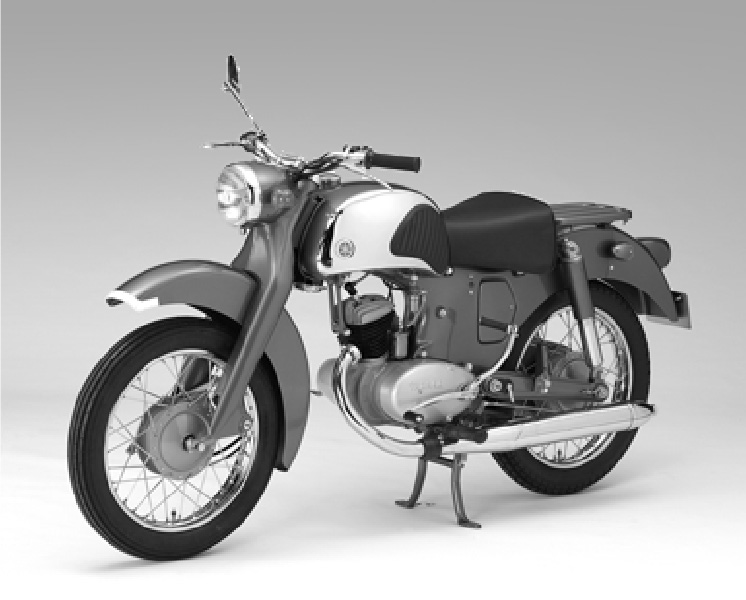
1957 YA-2
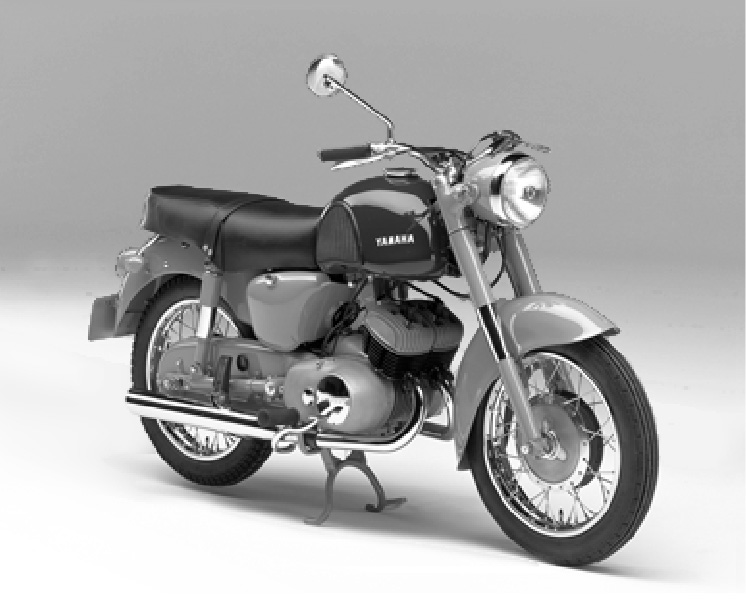
1957 YD-1
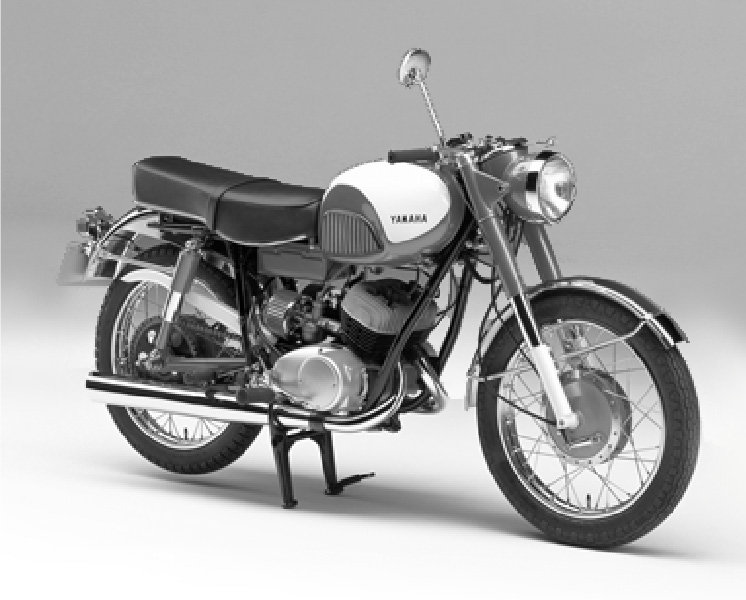
1959 YDS-1